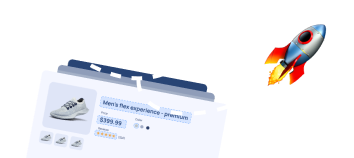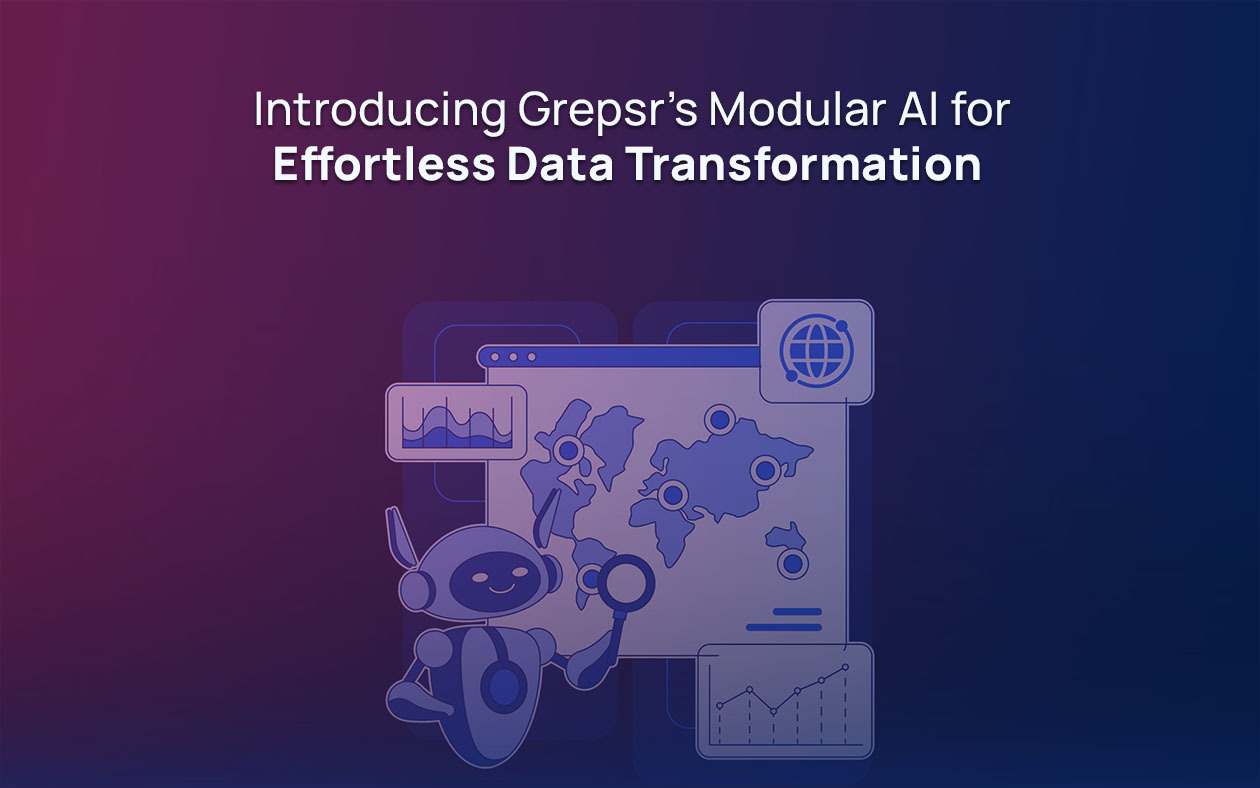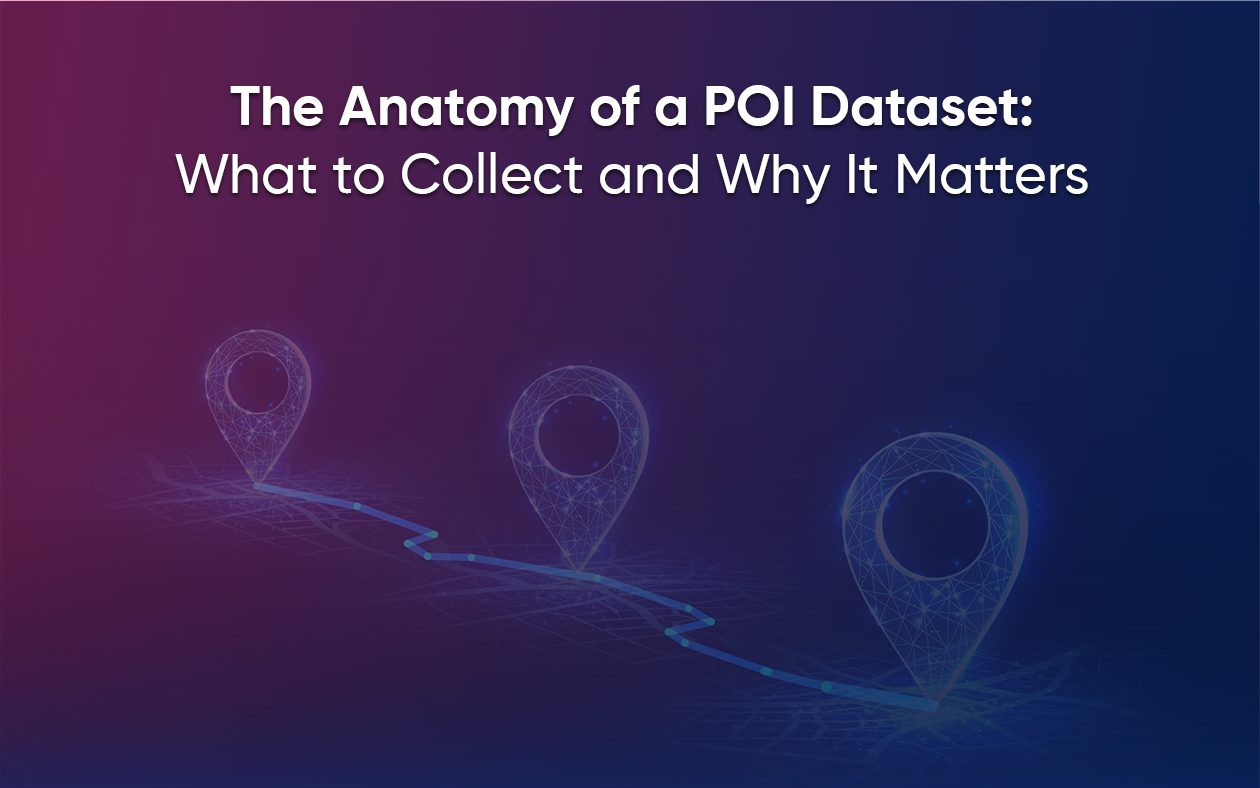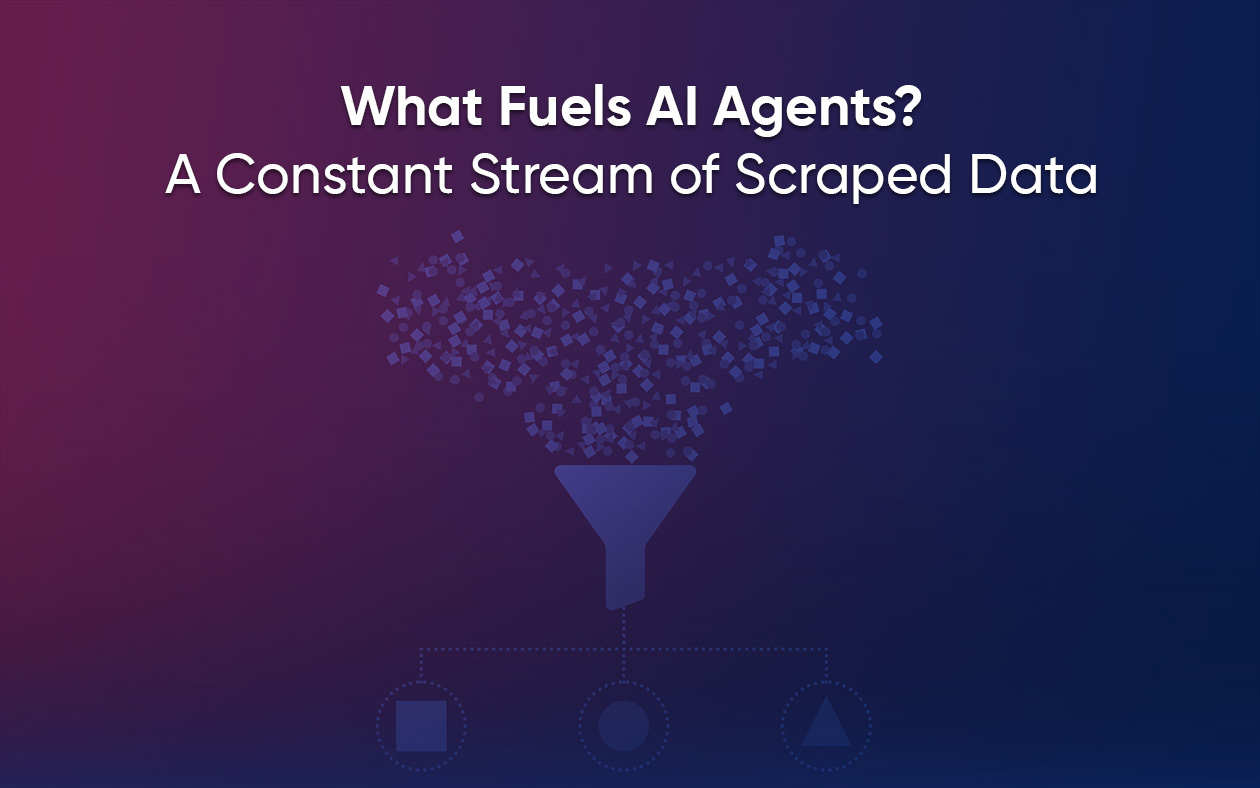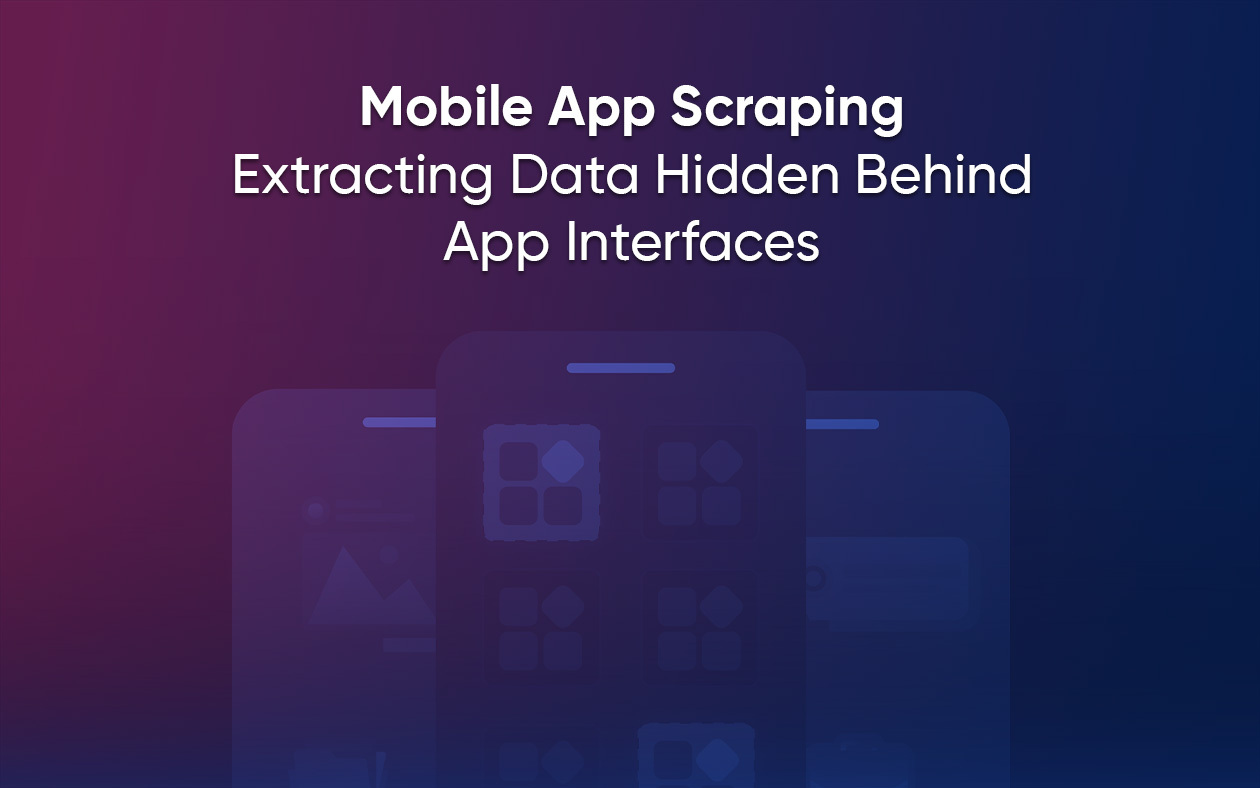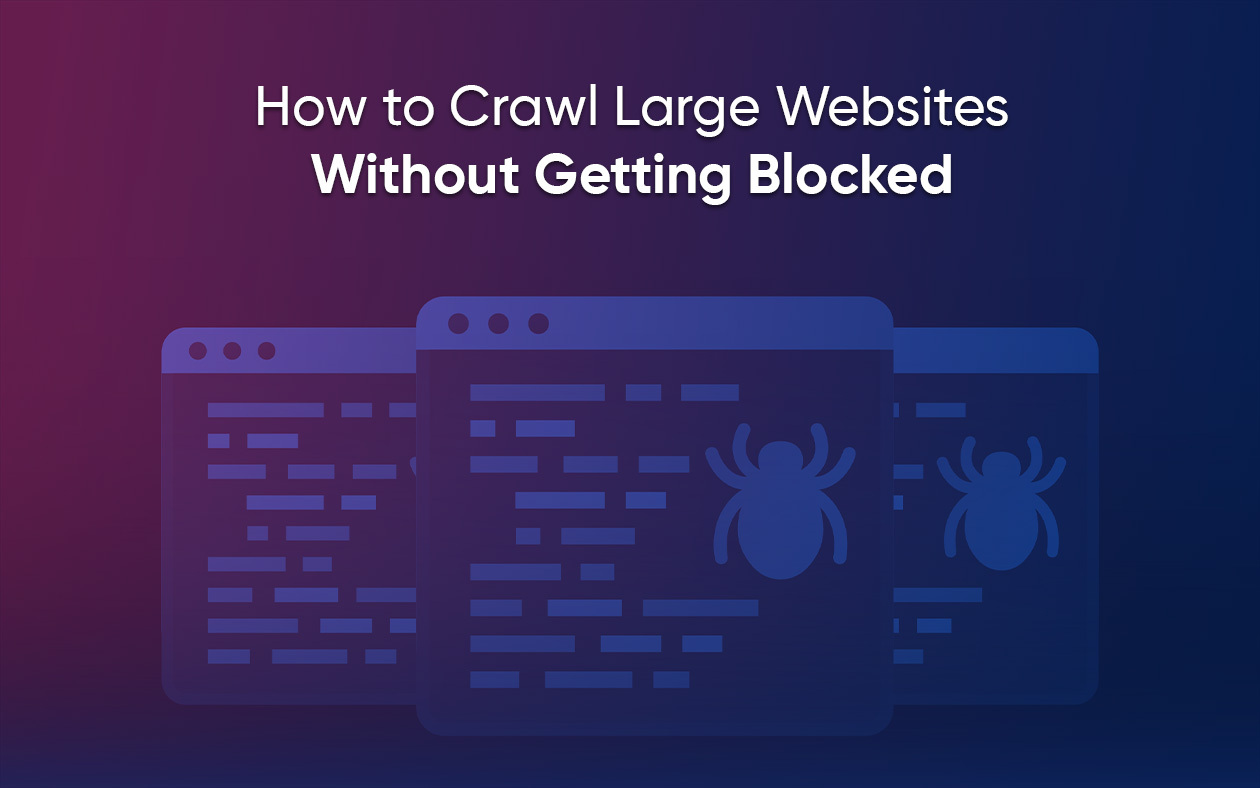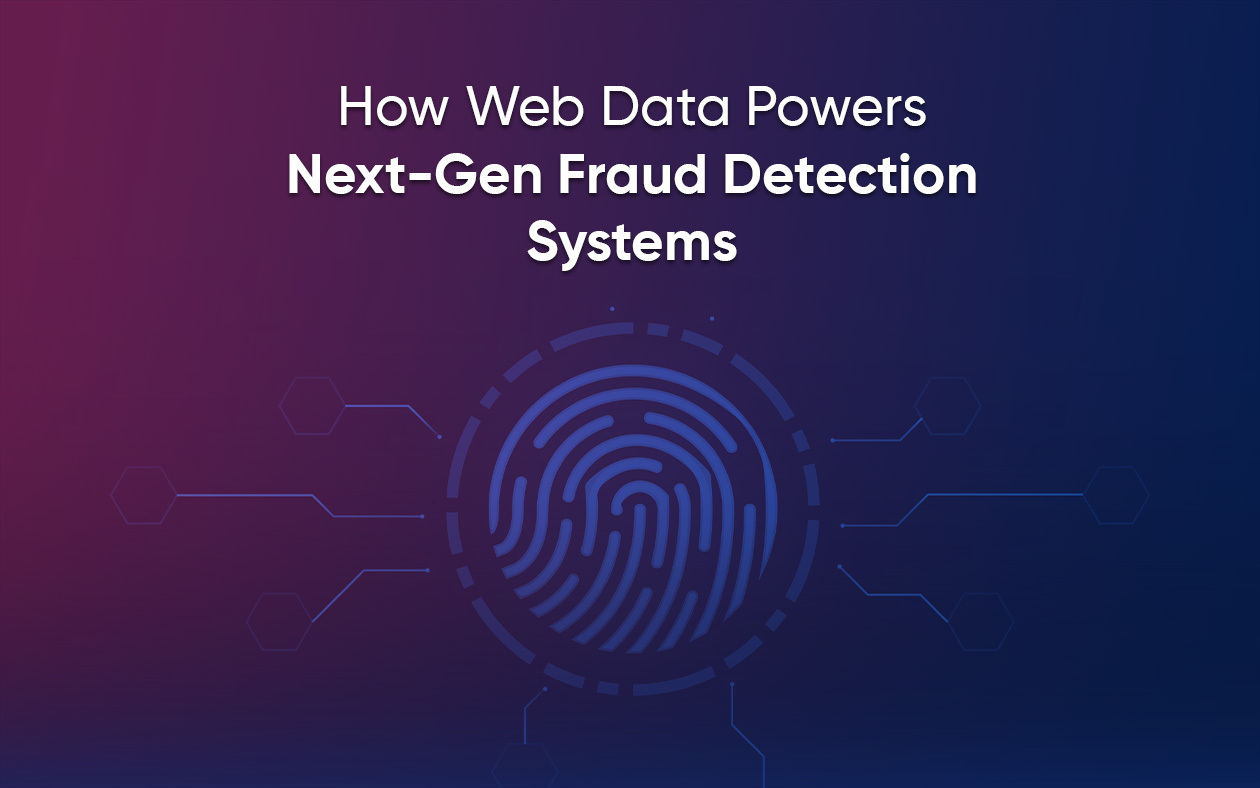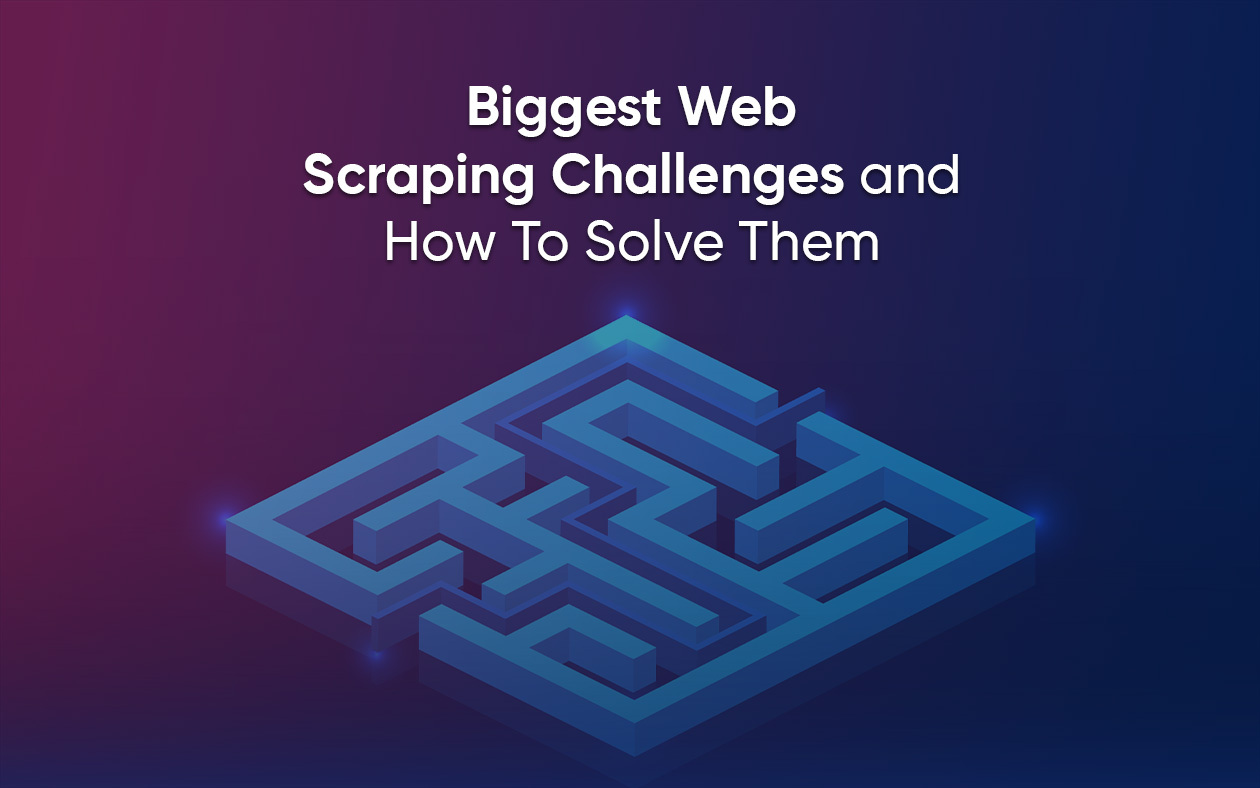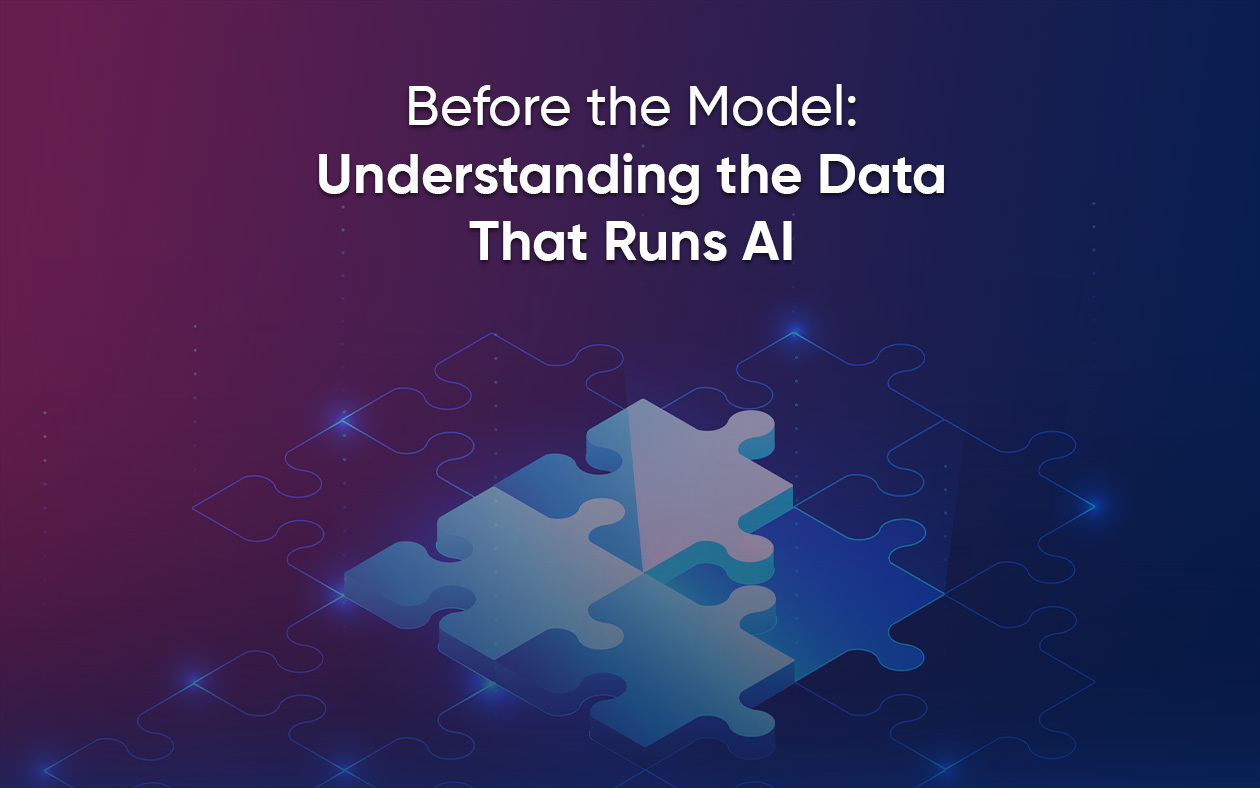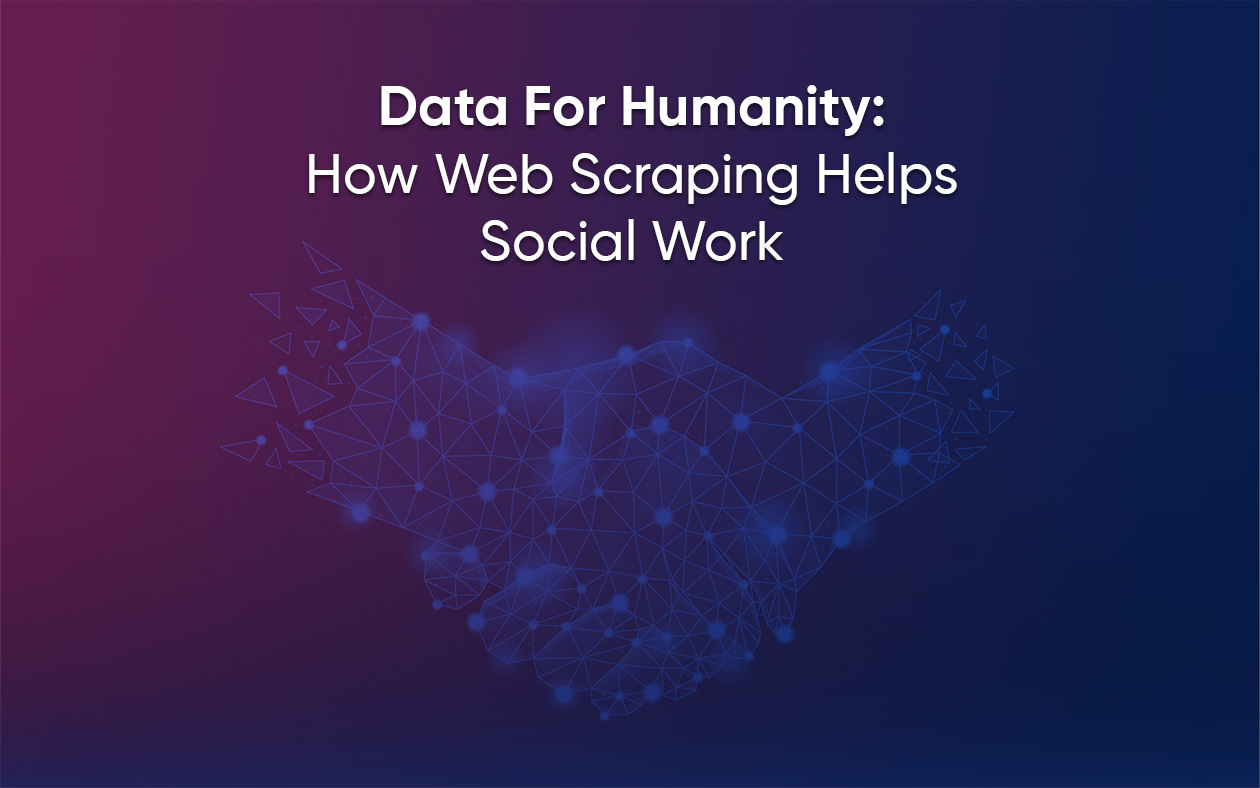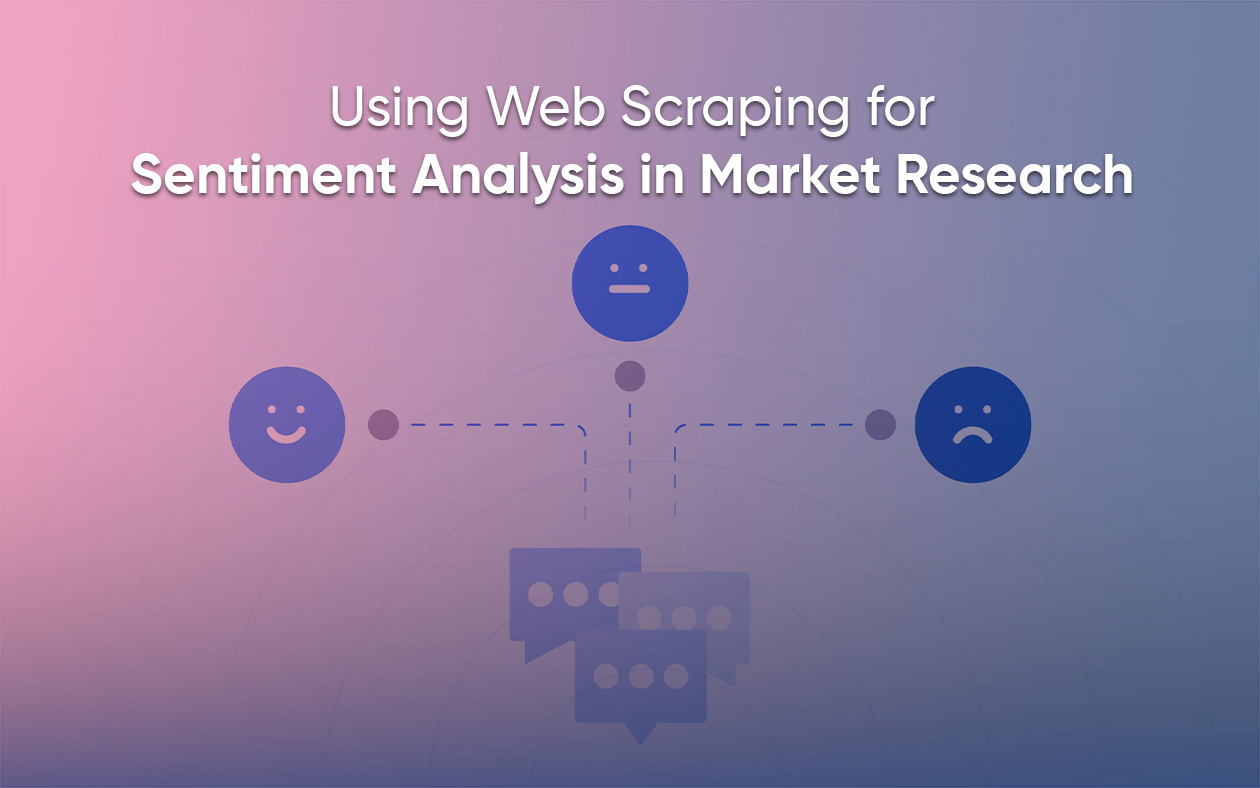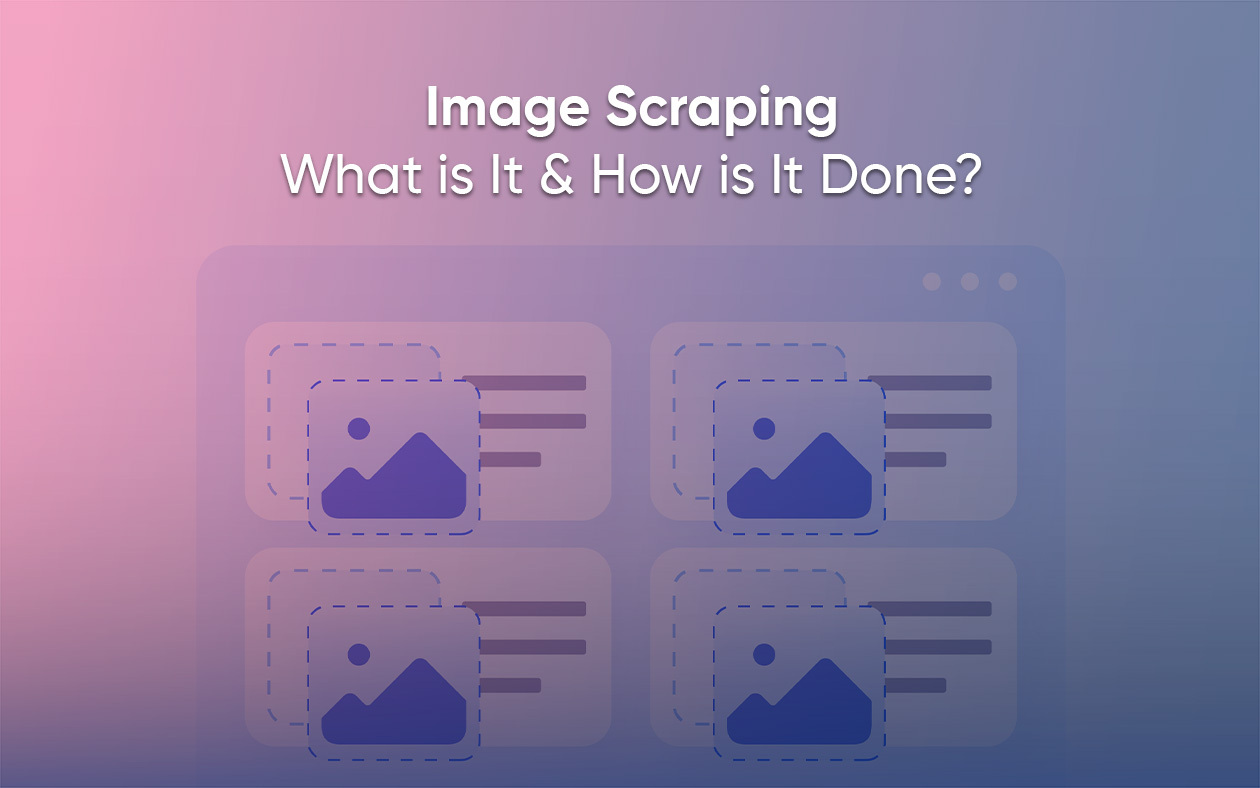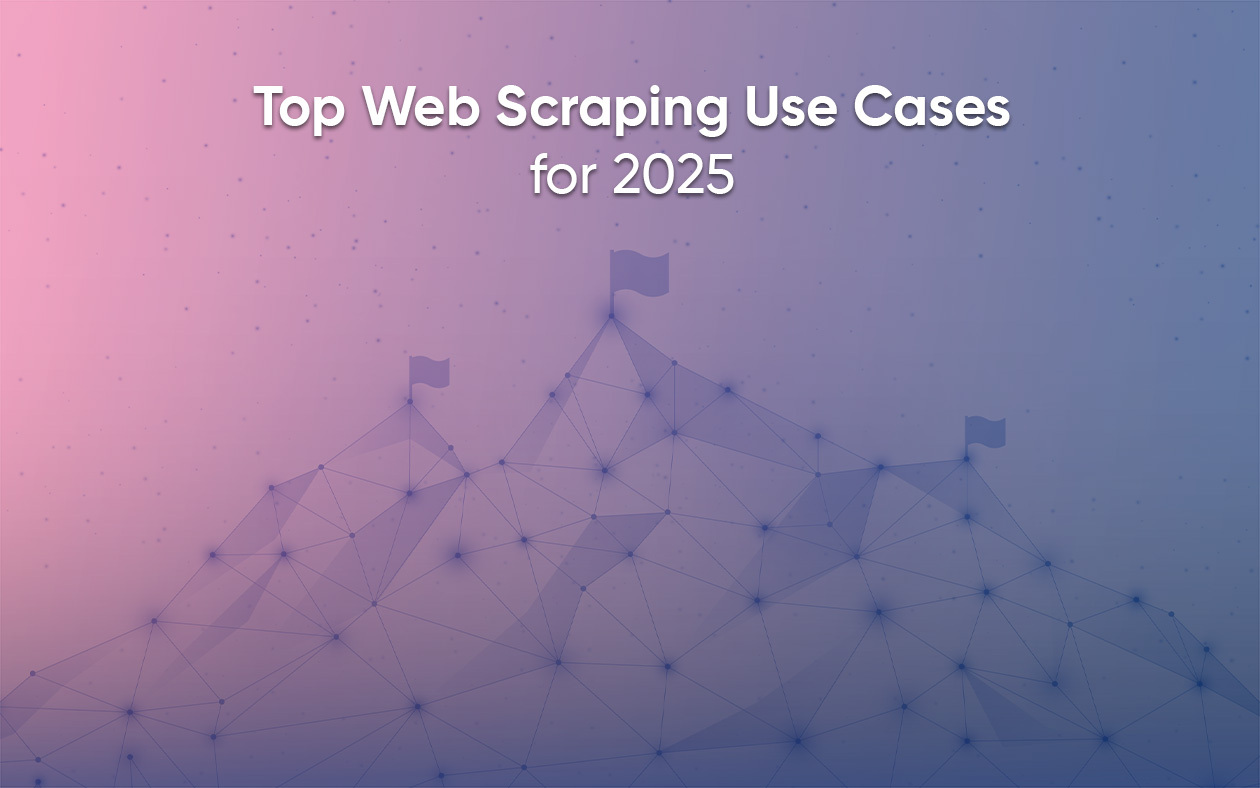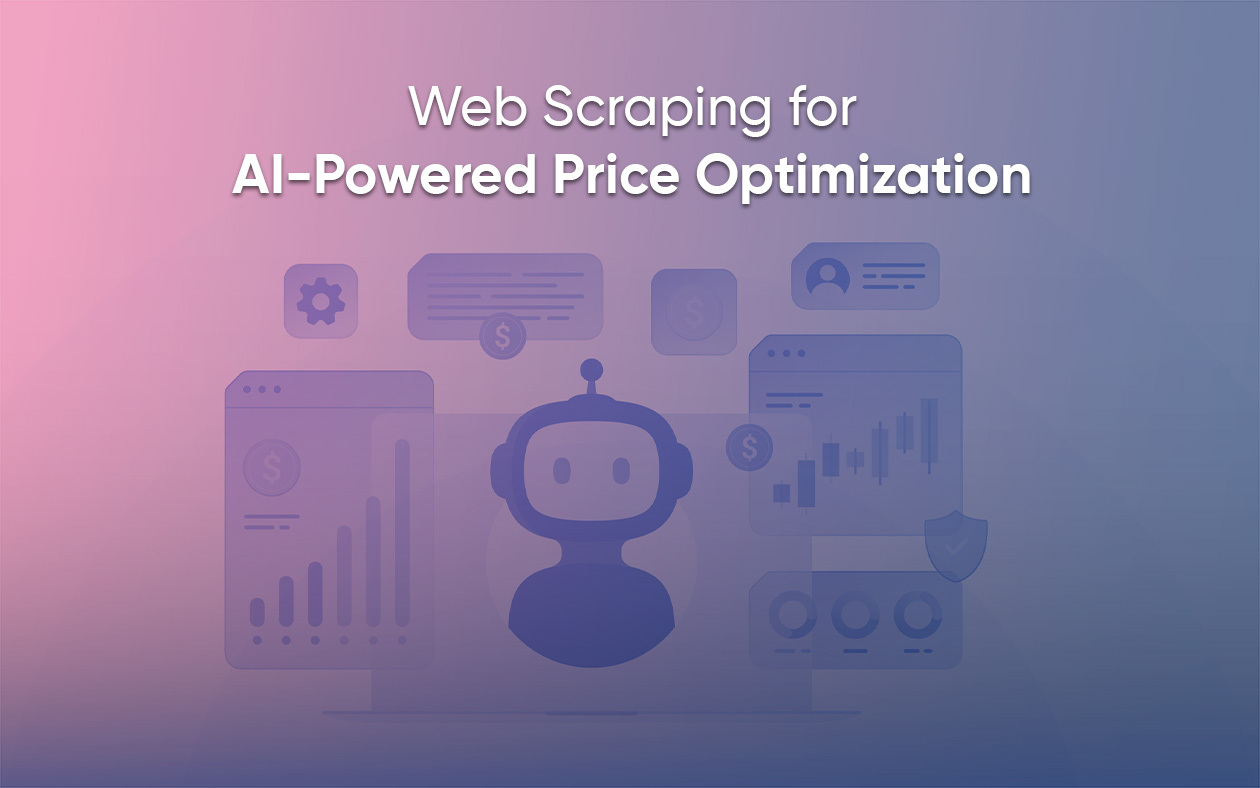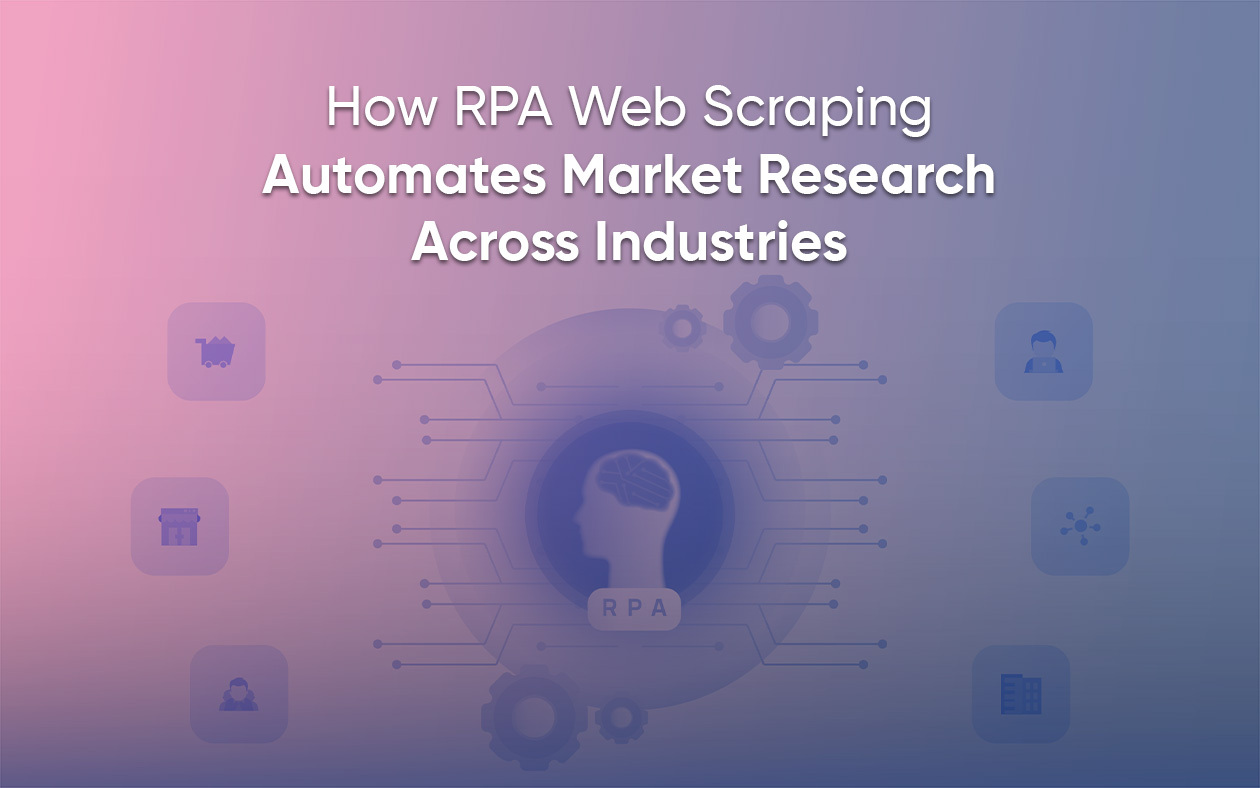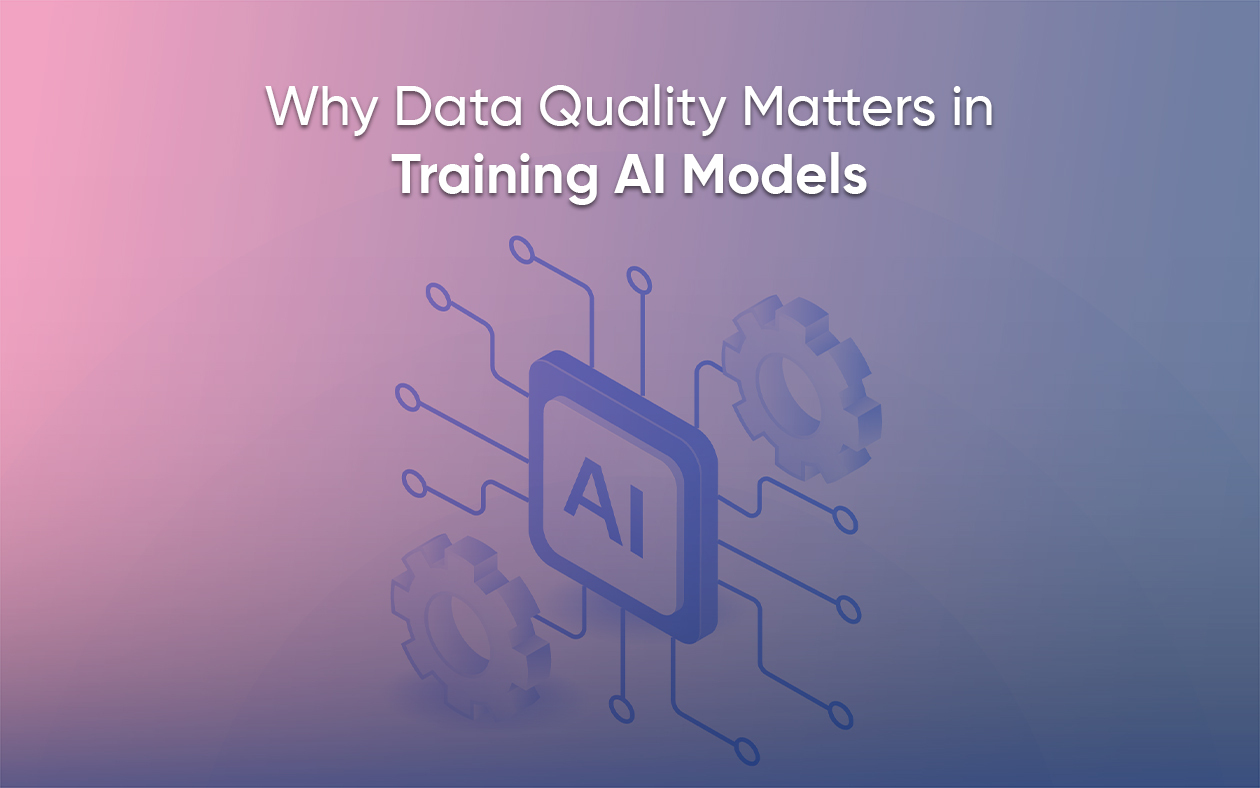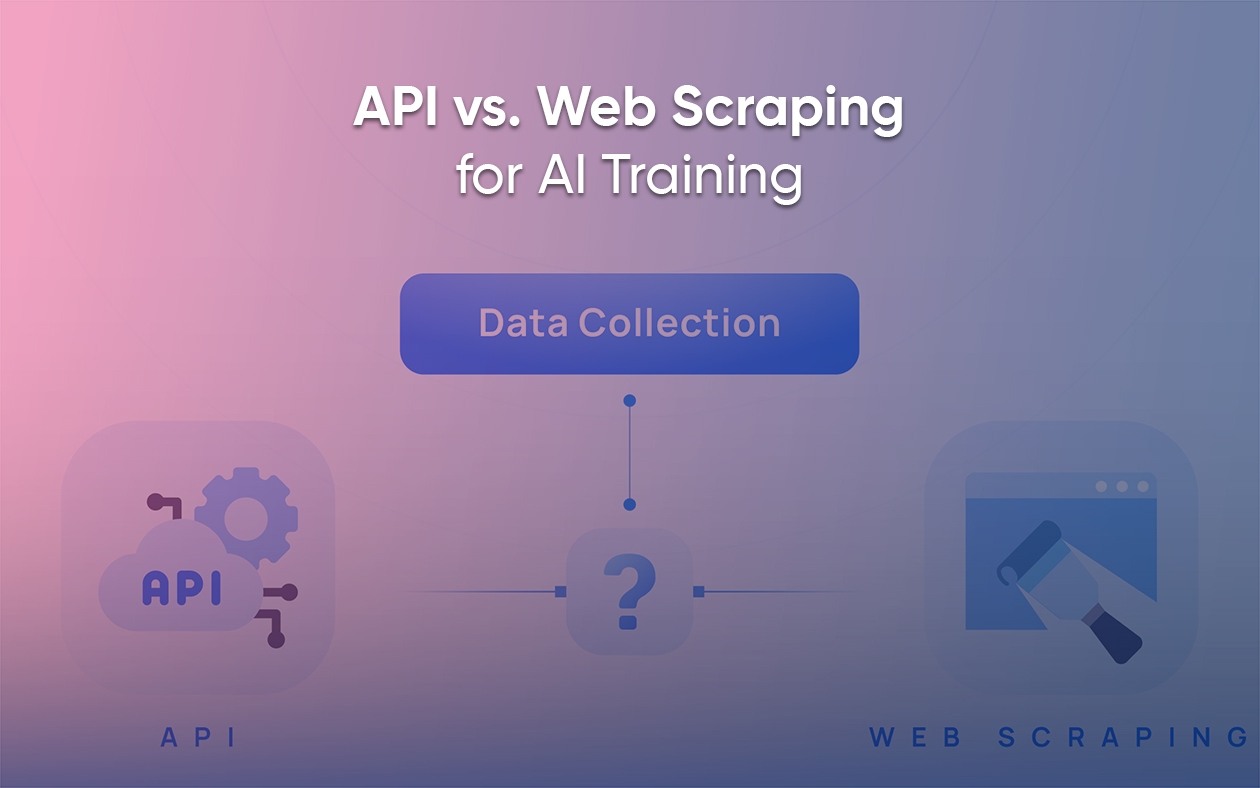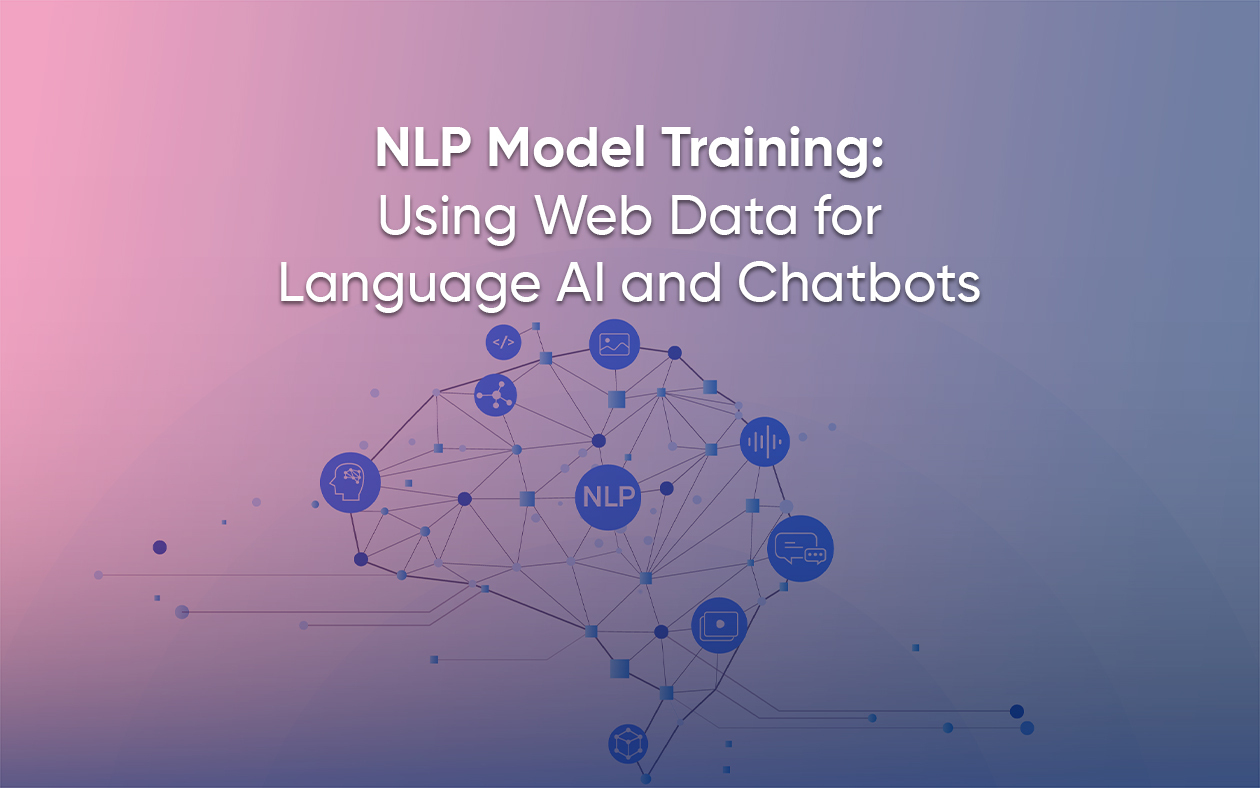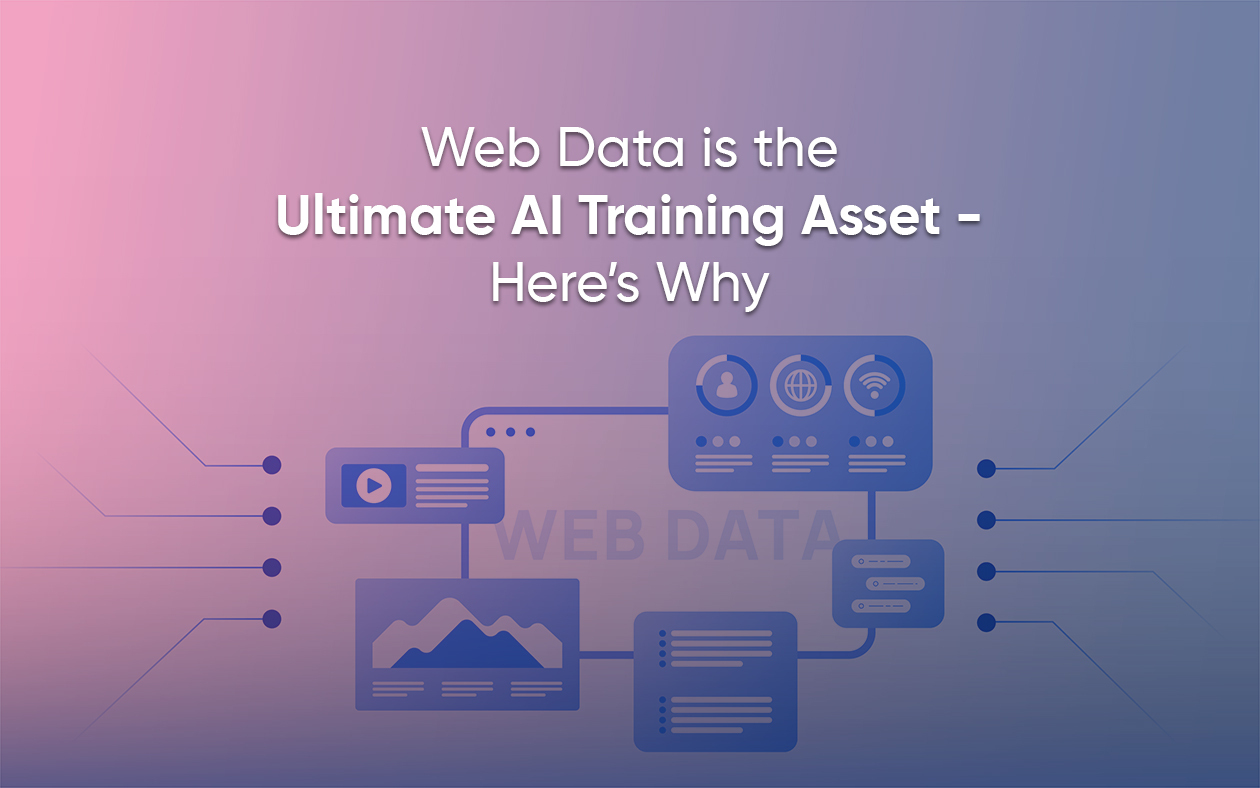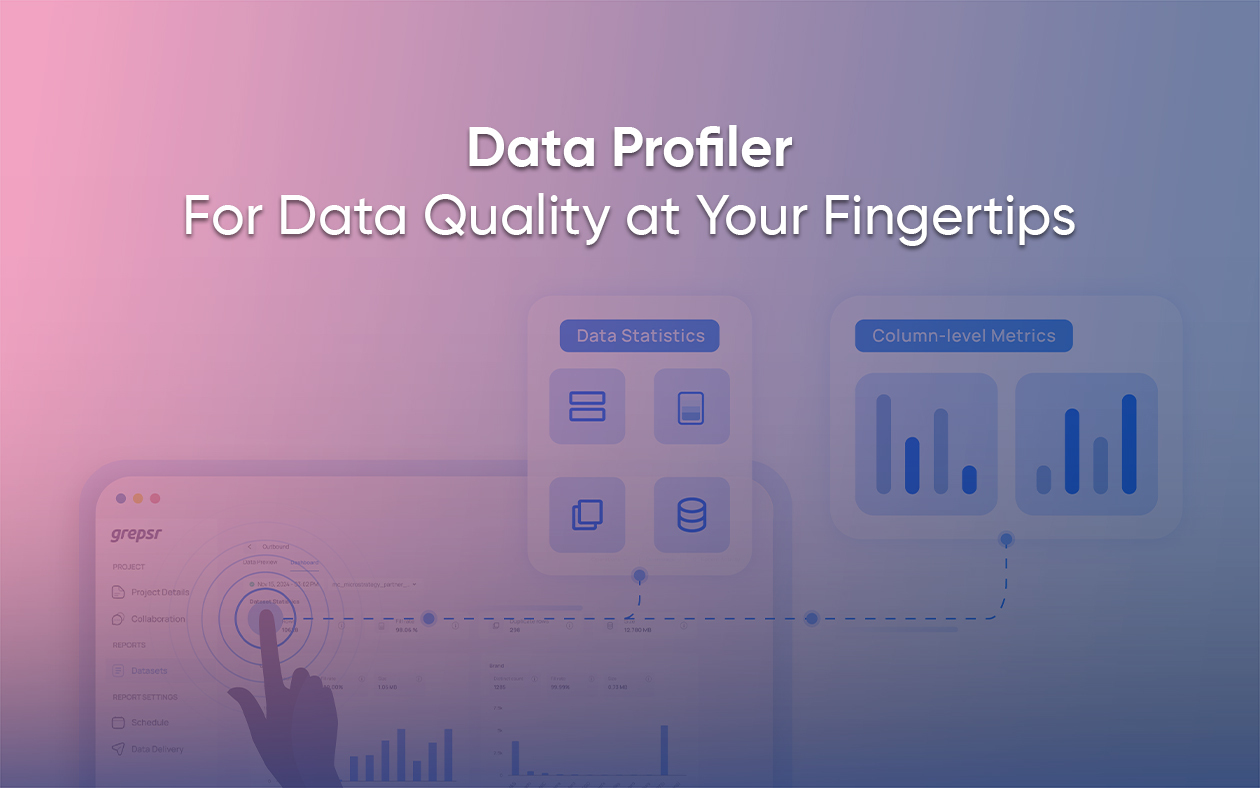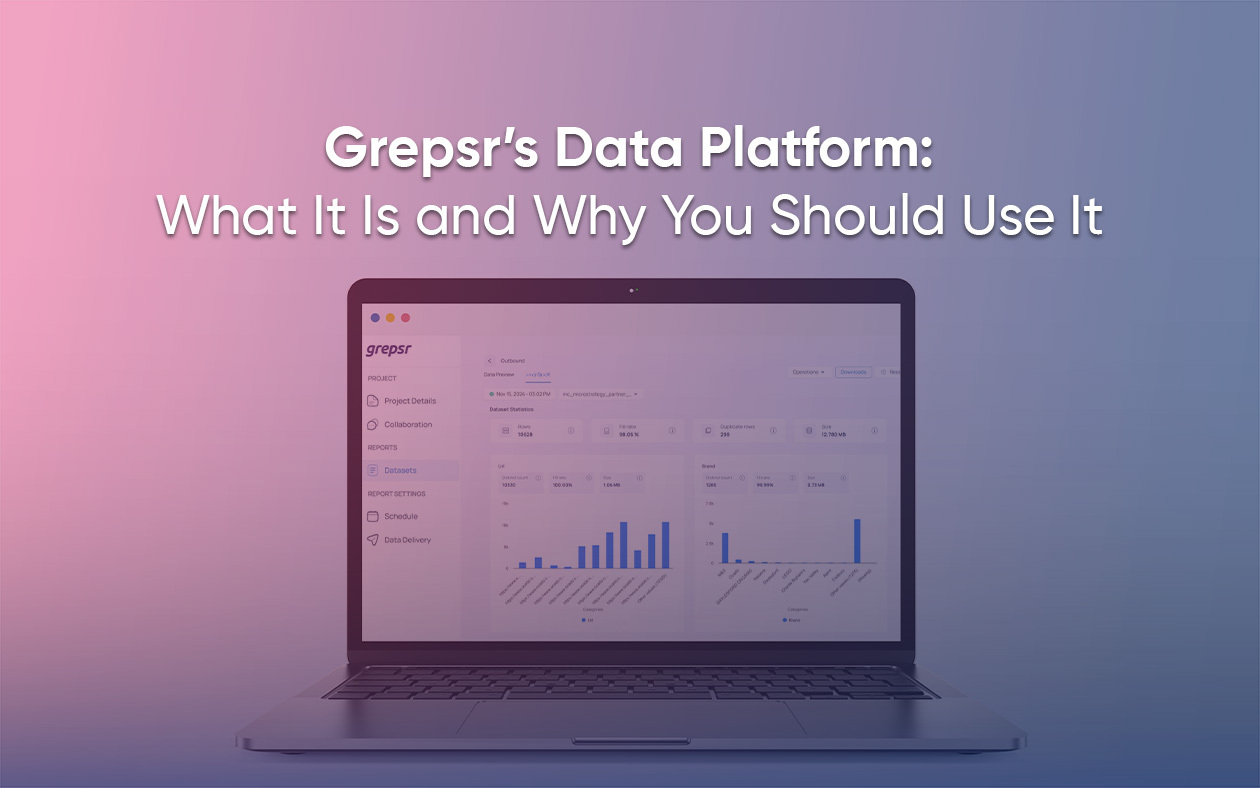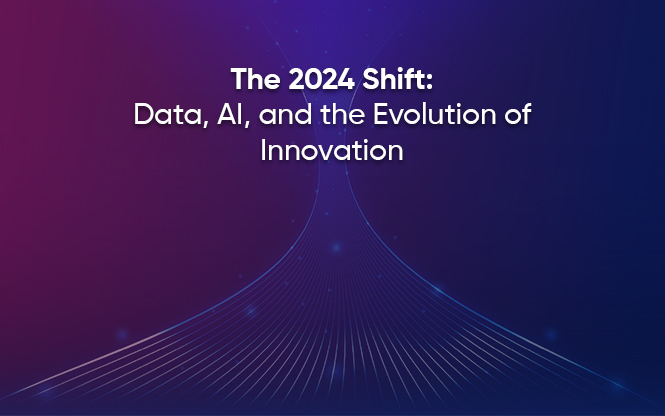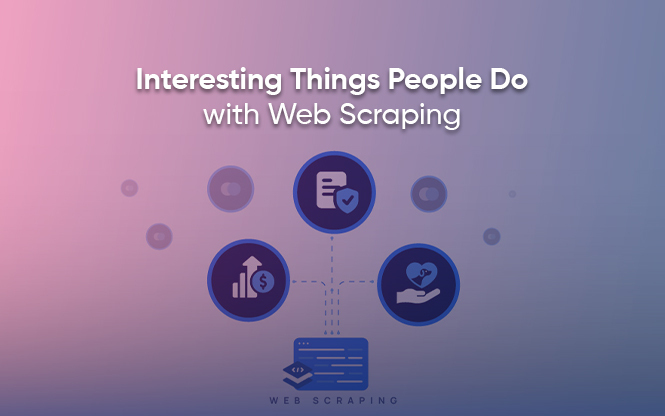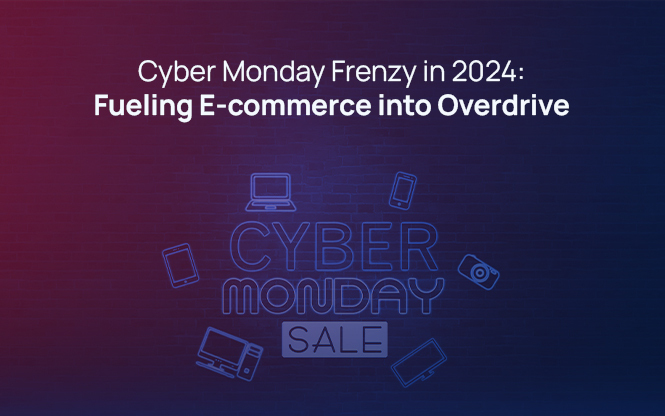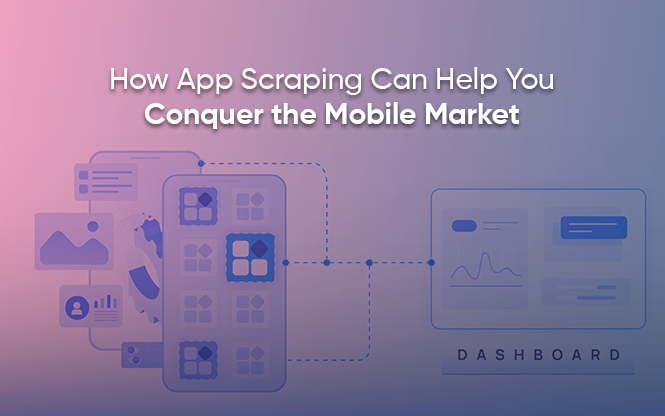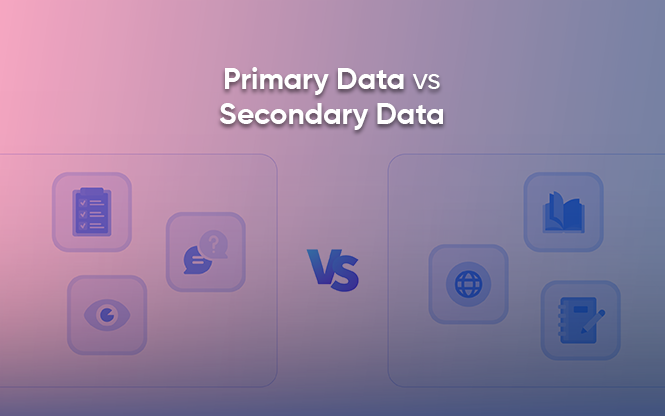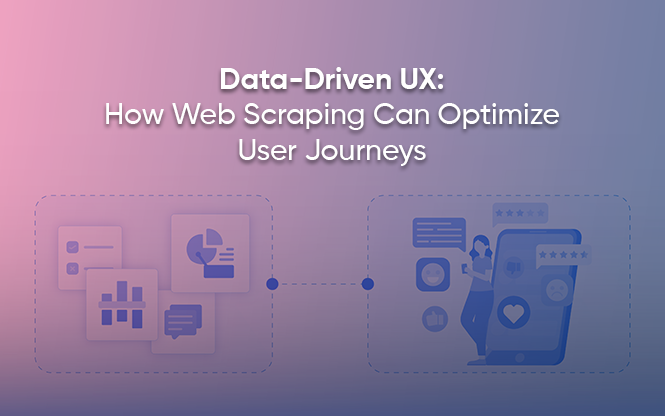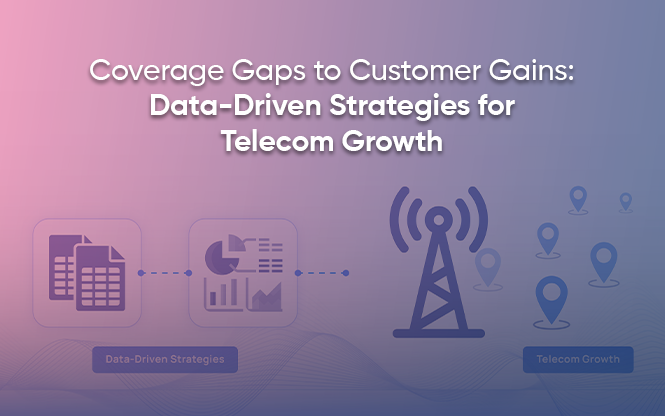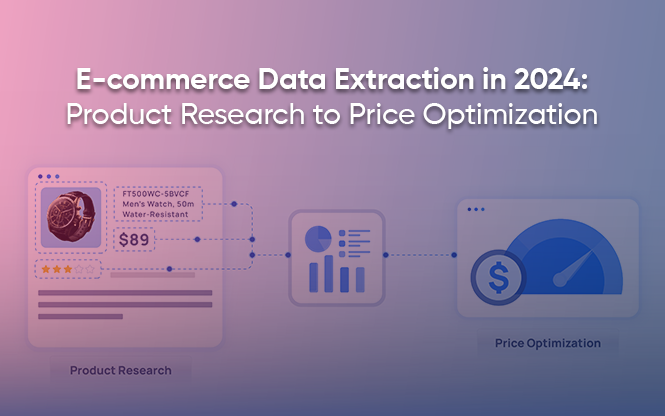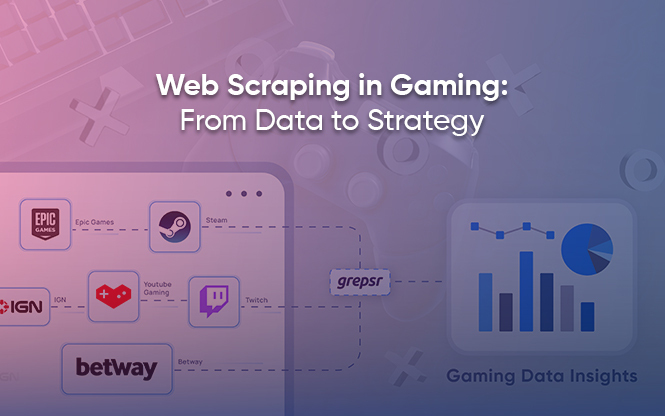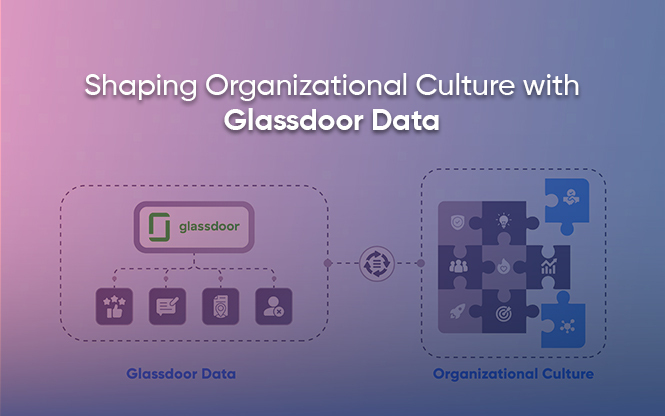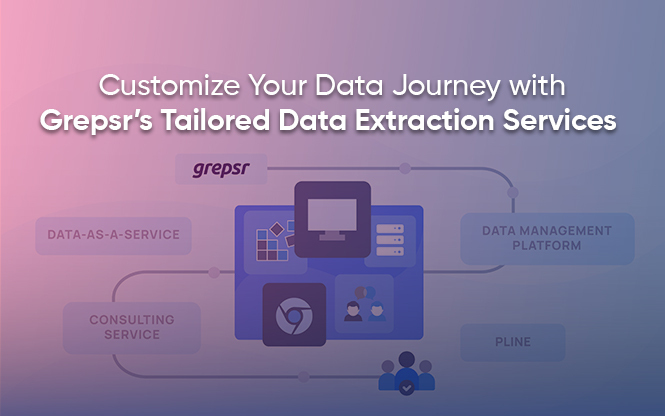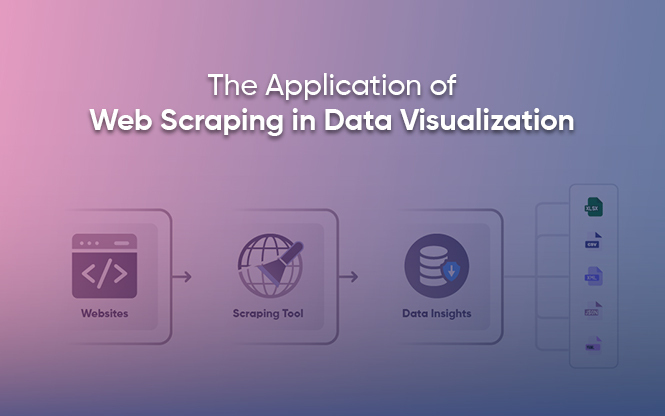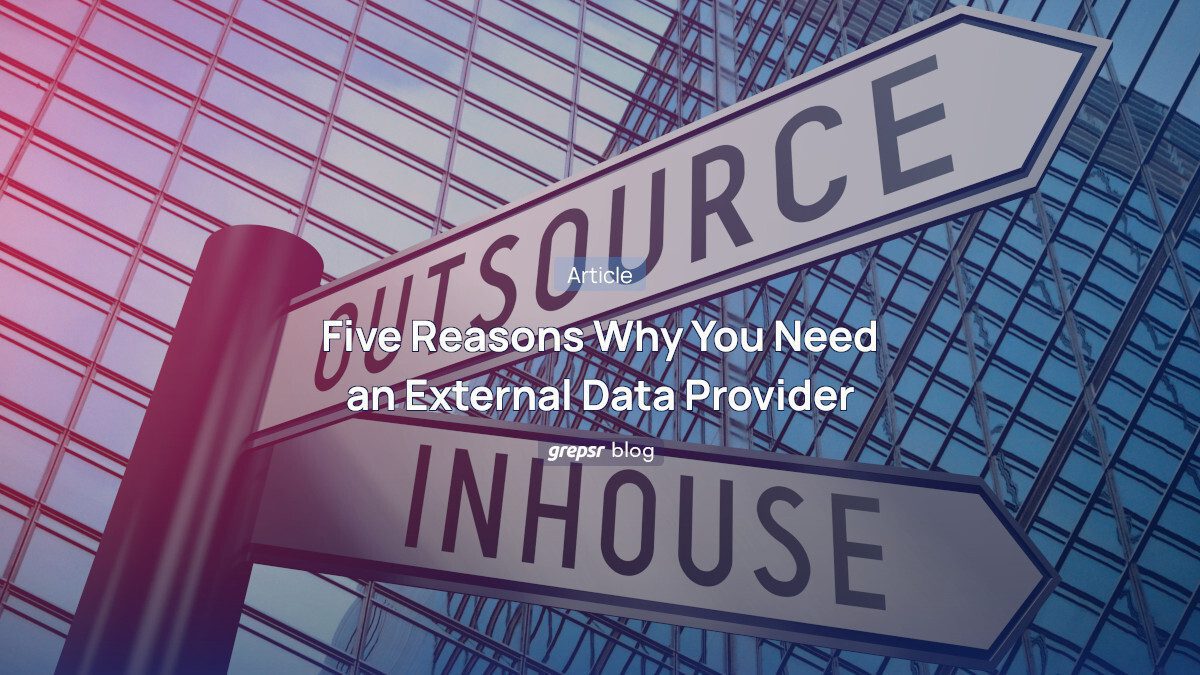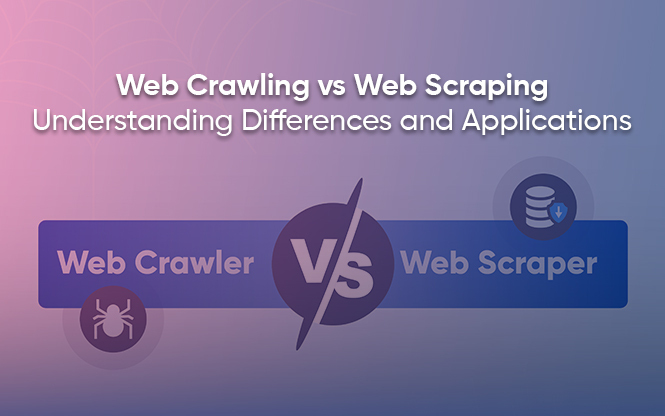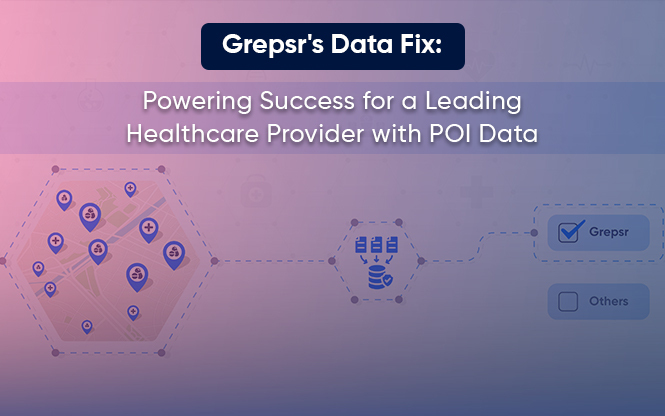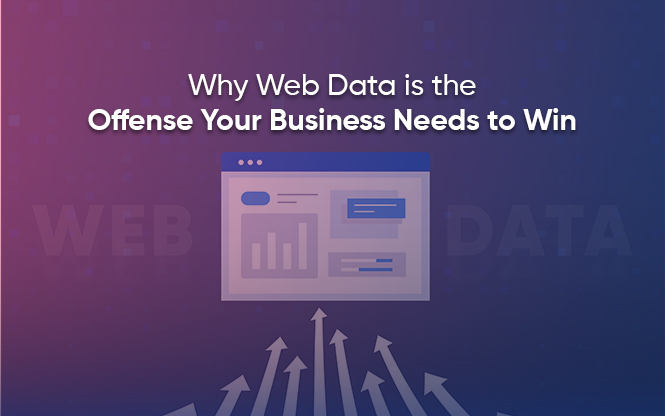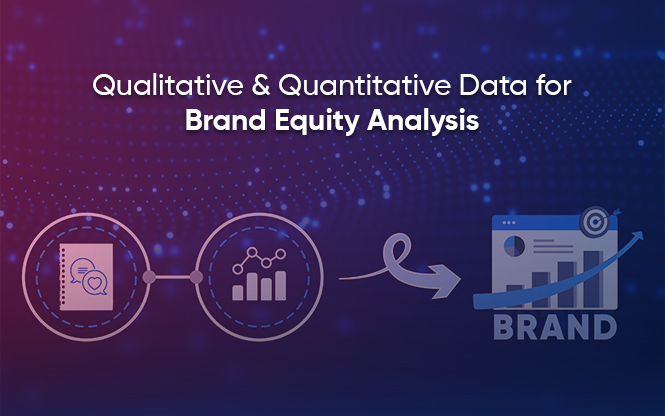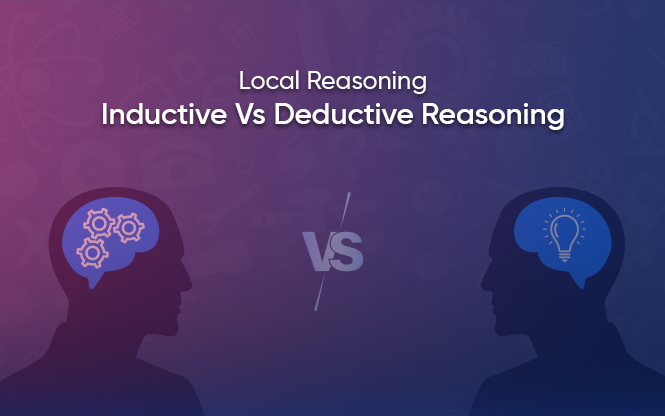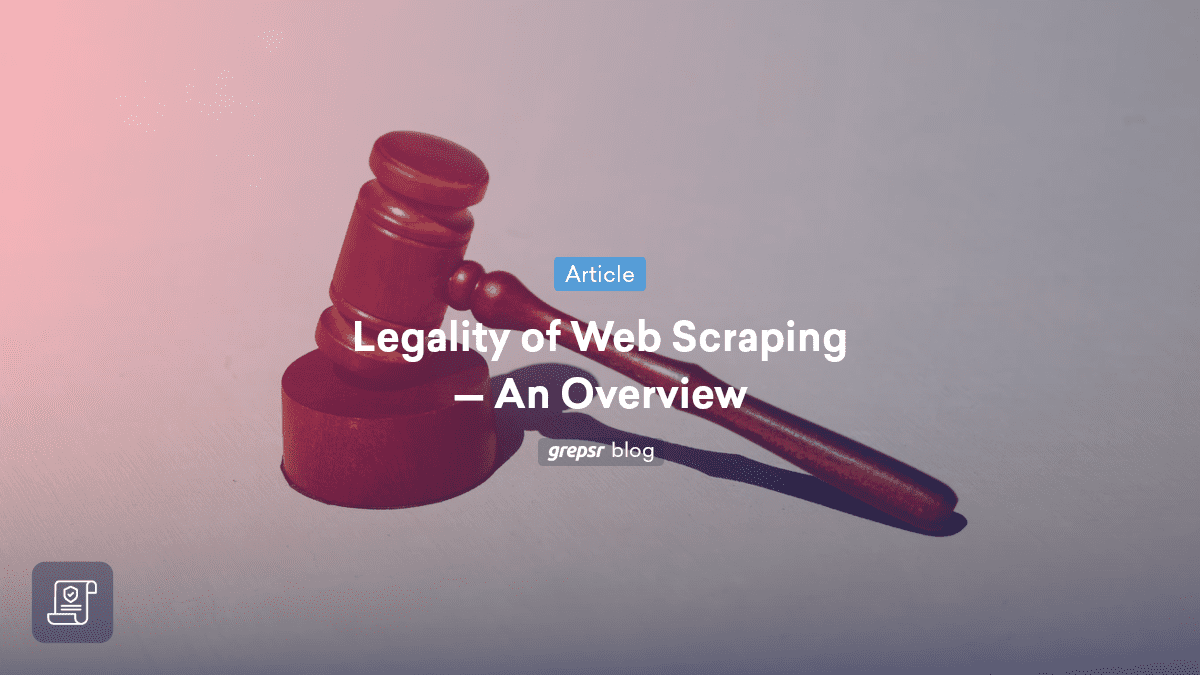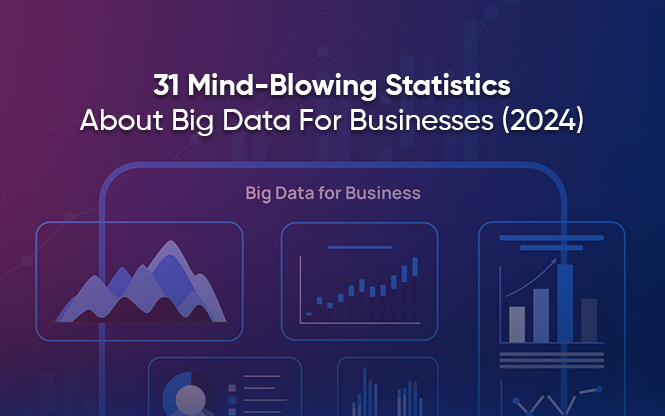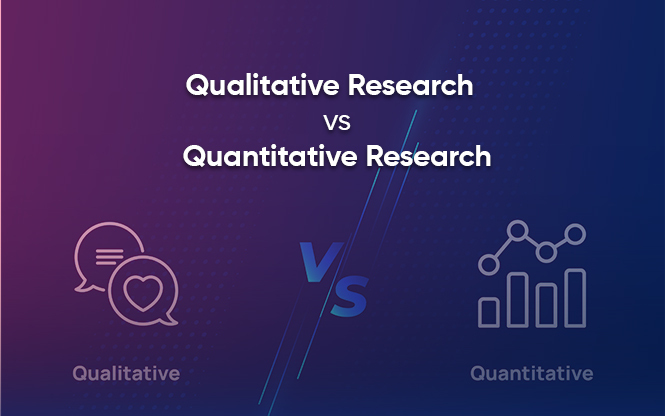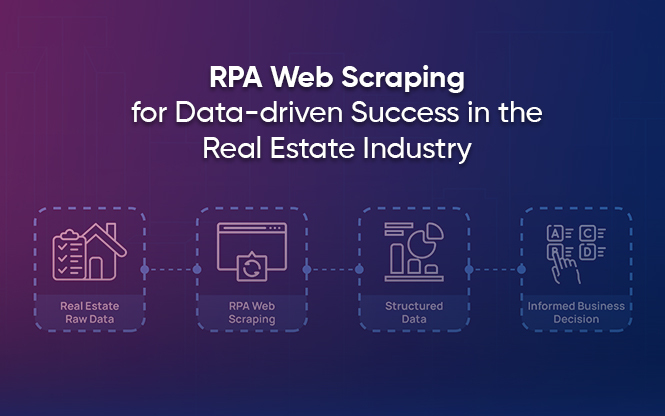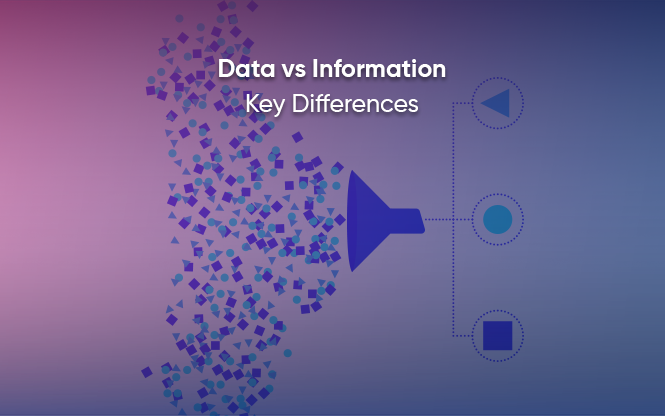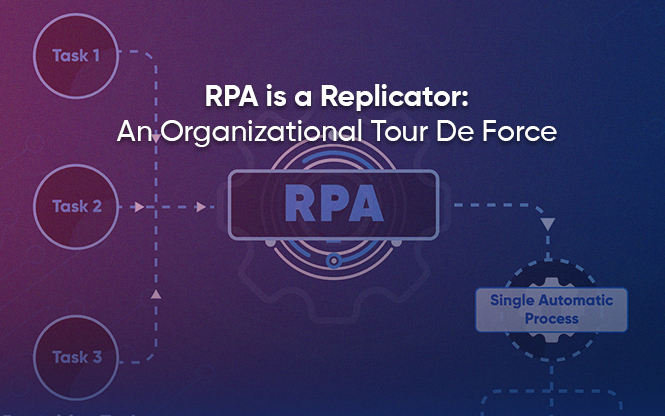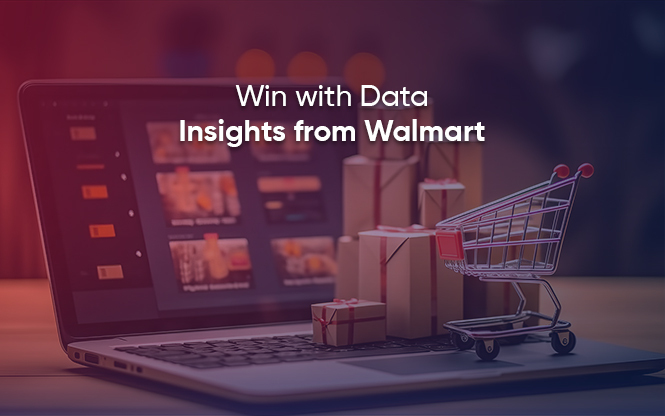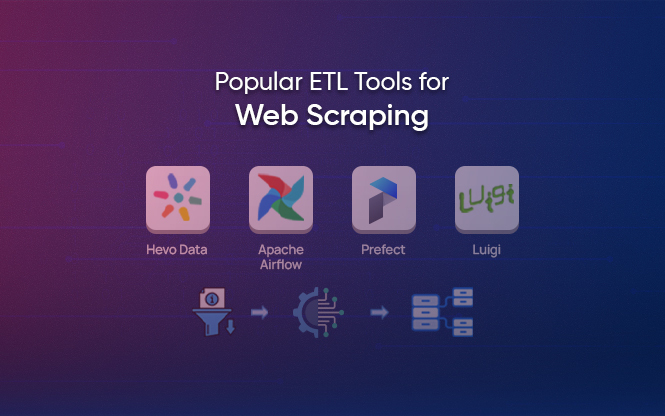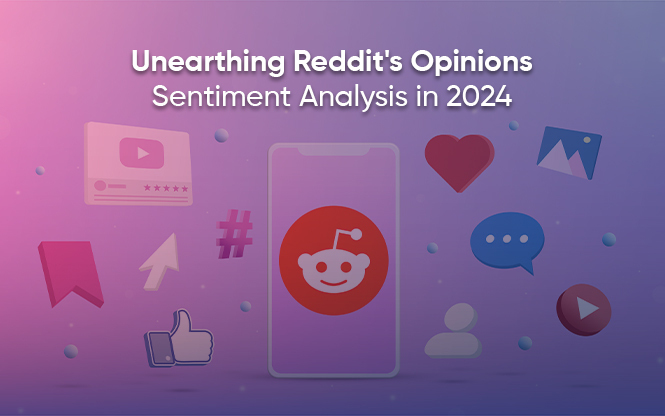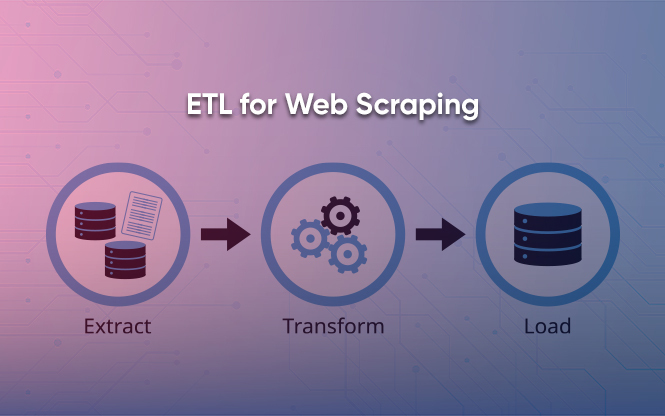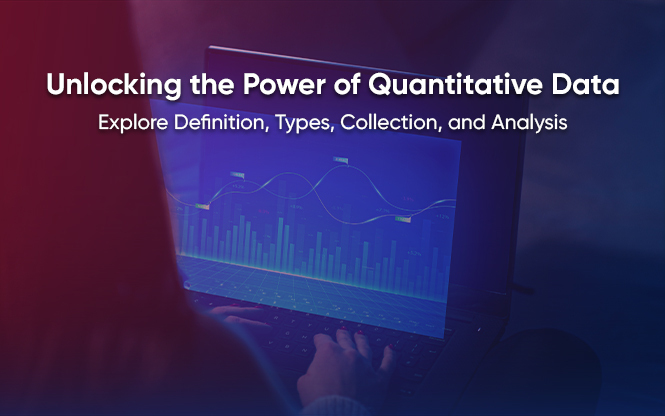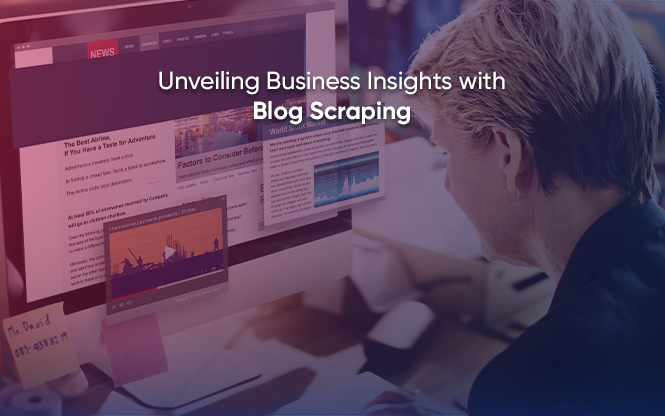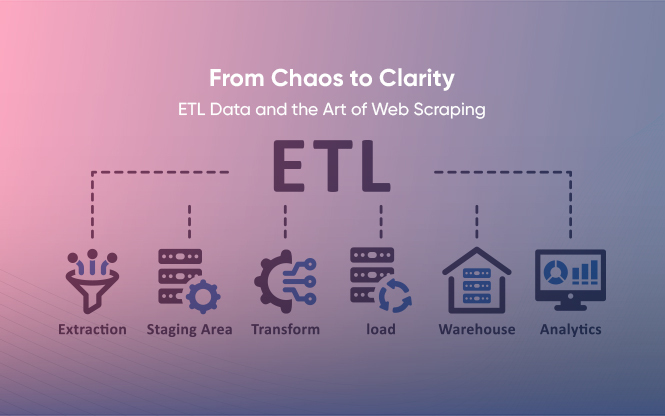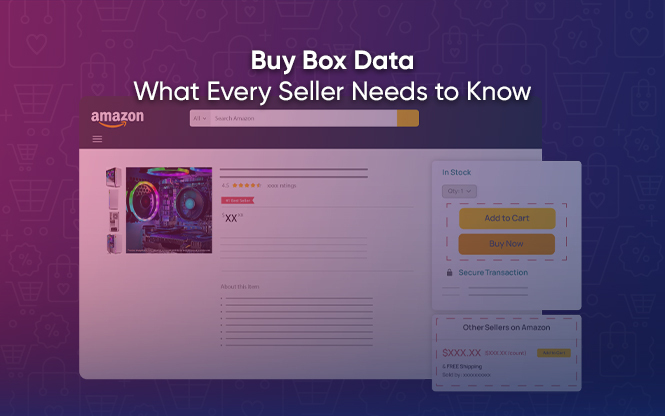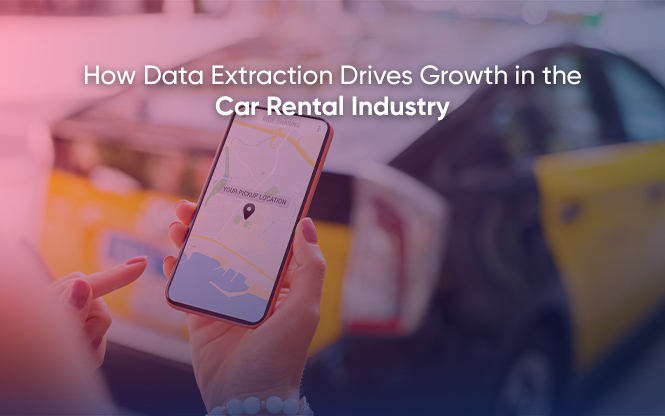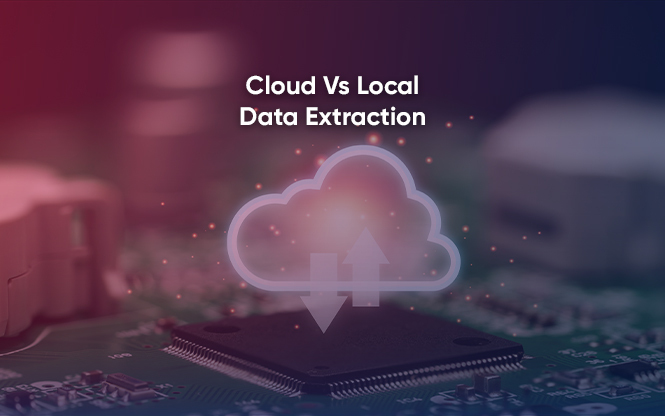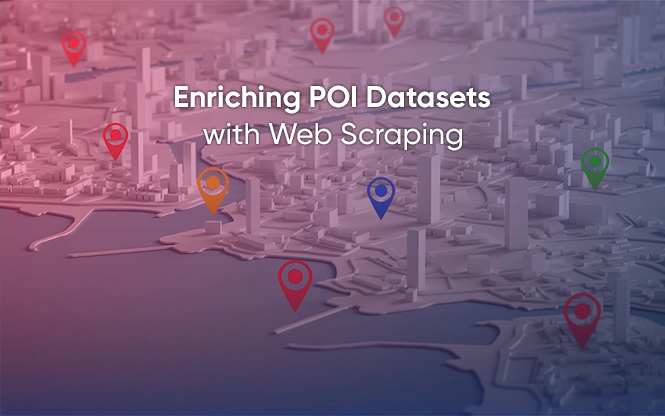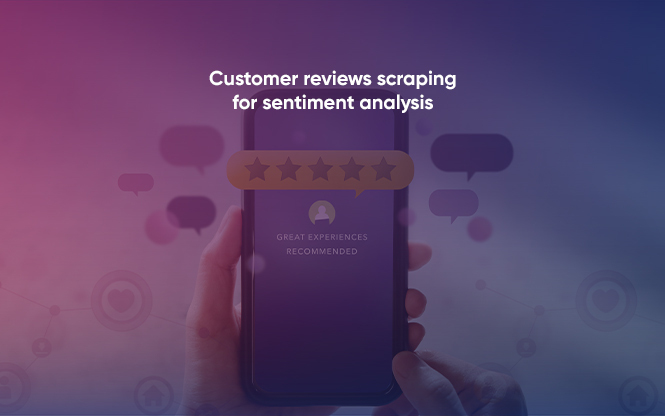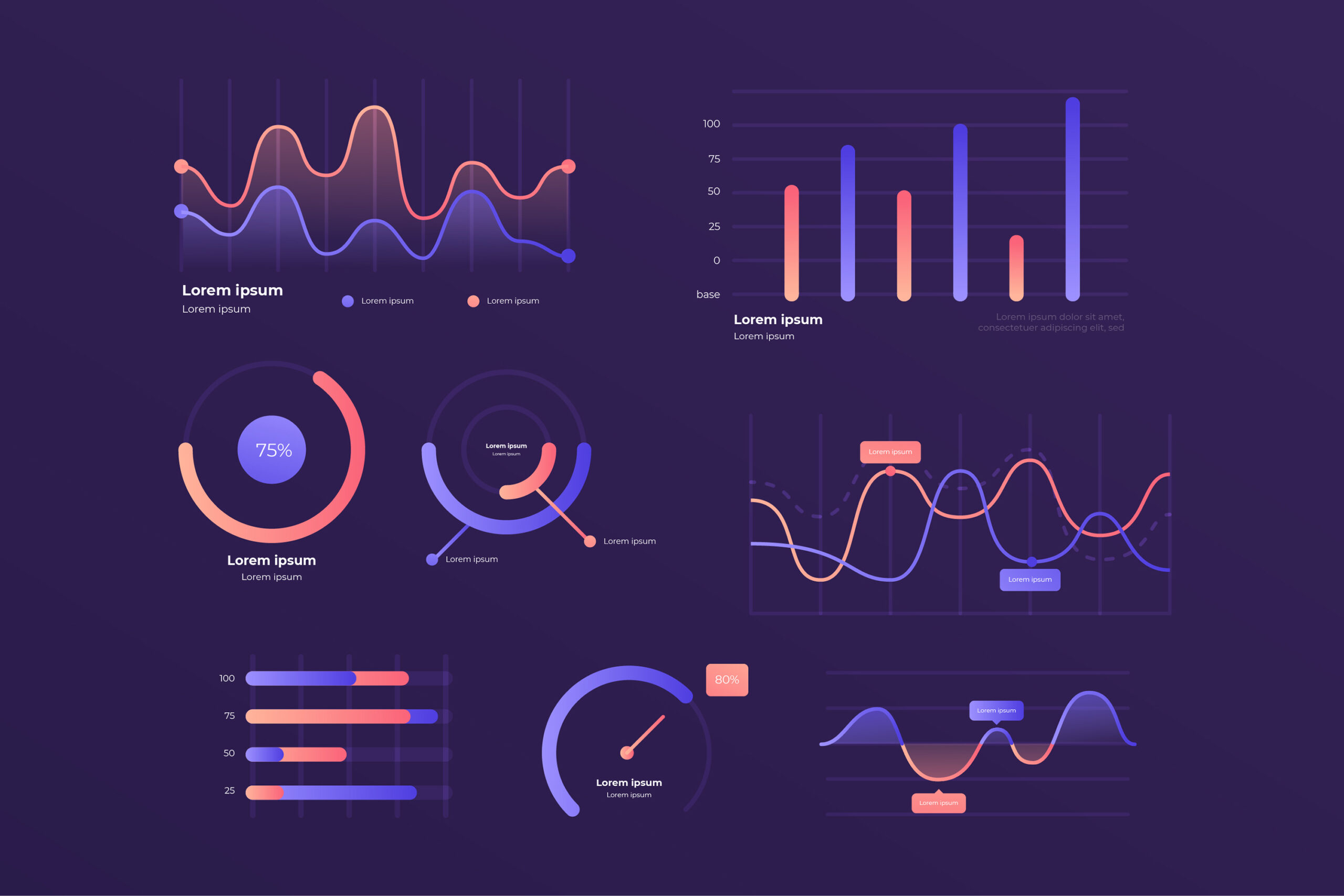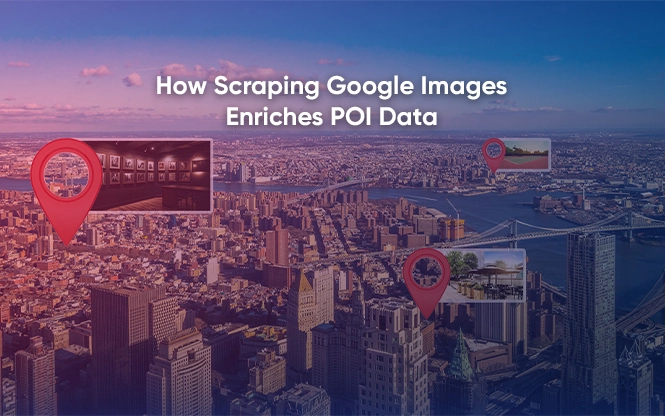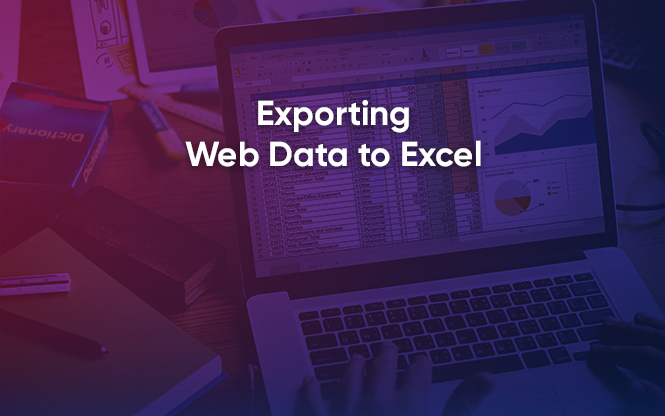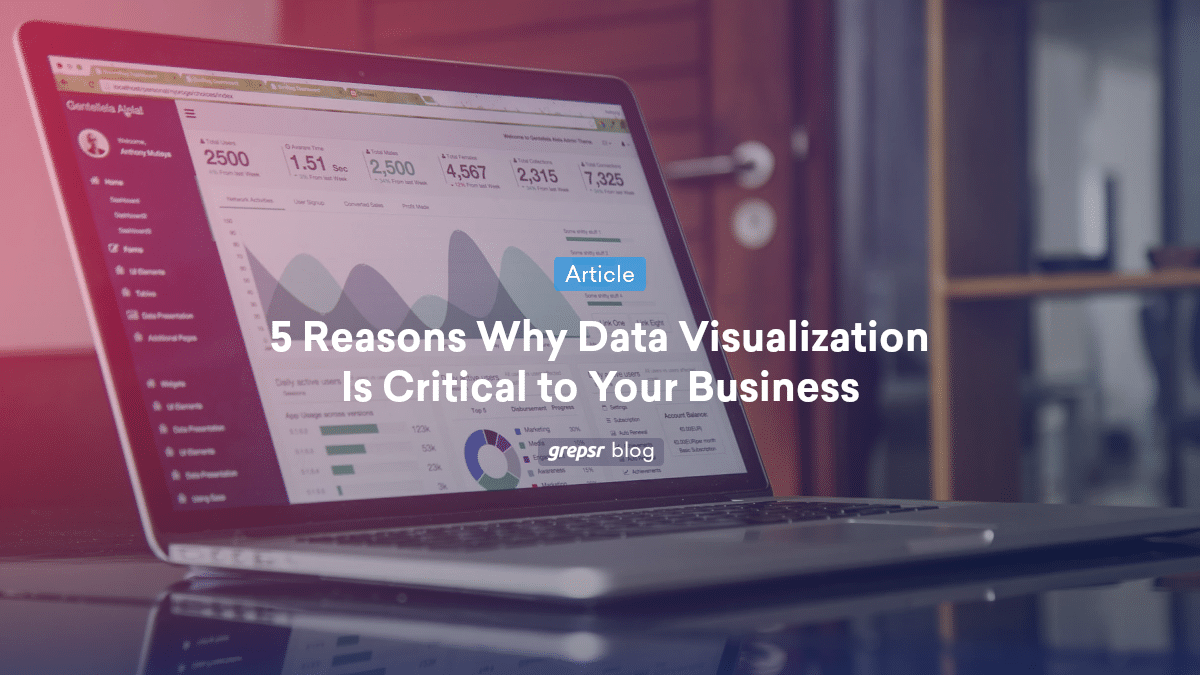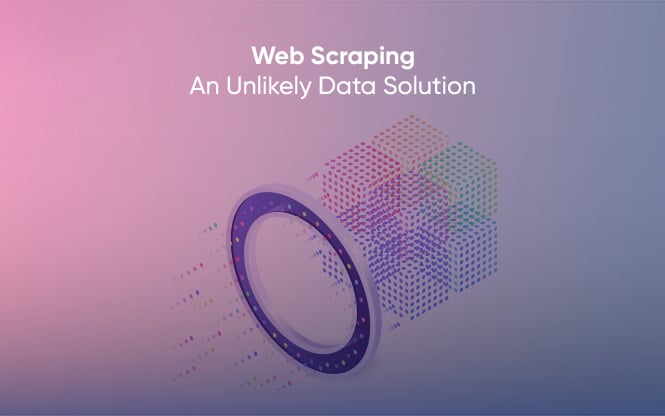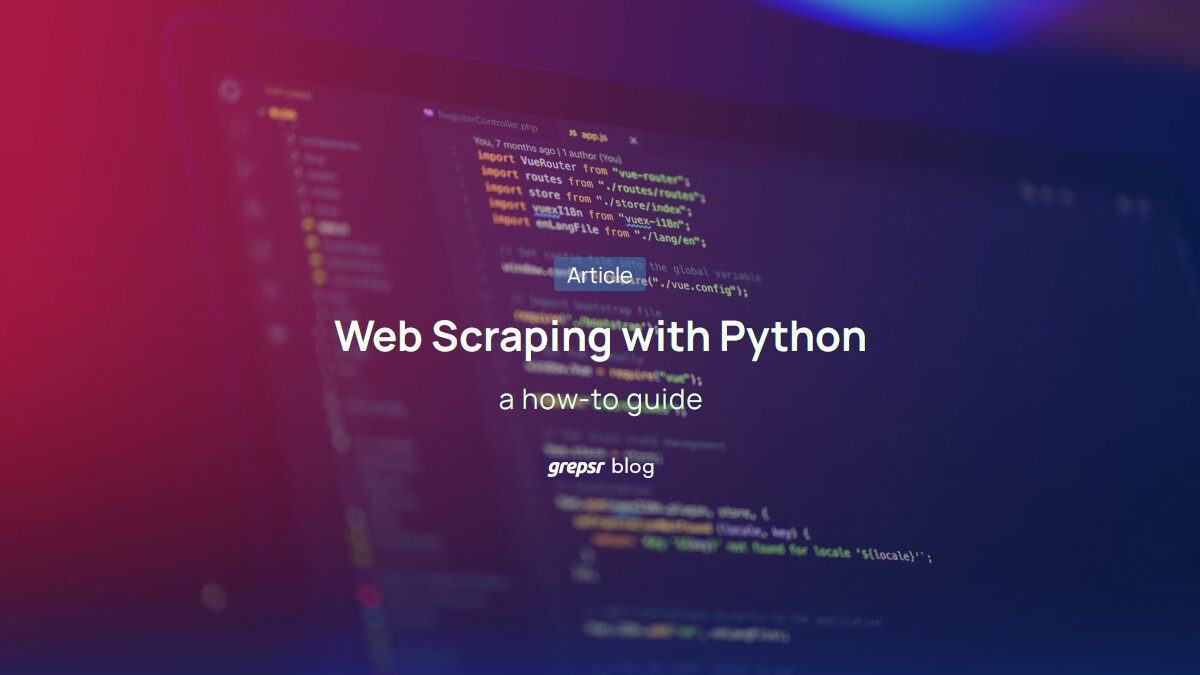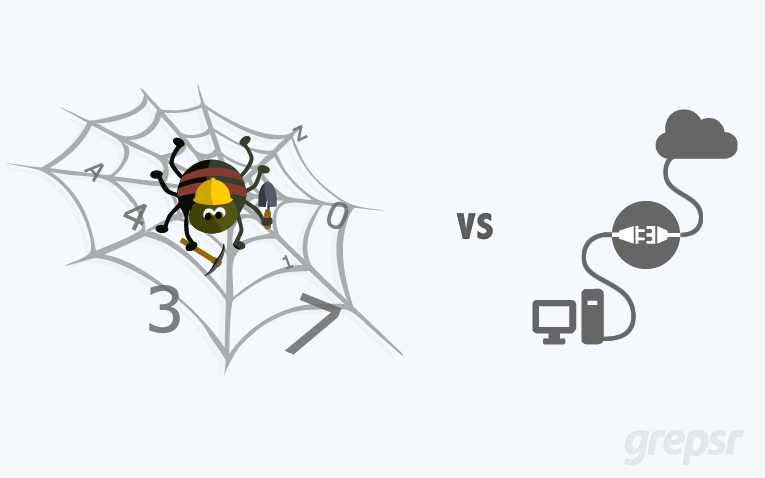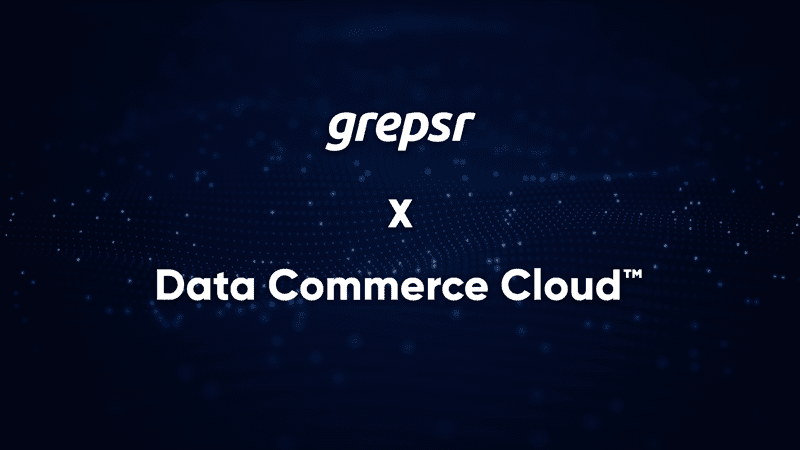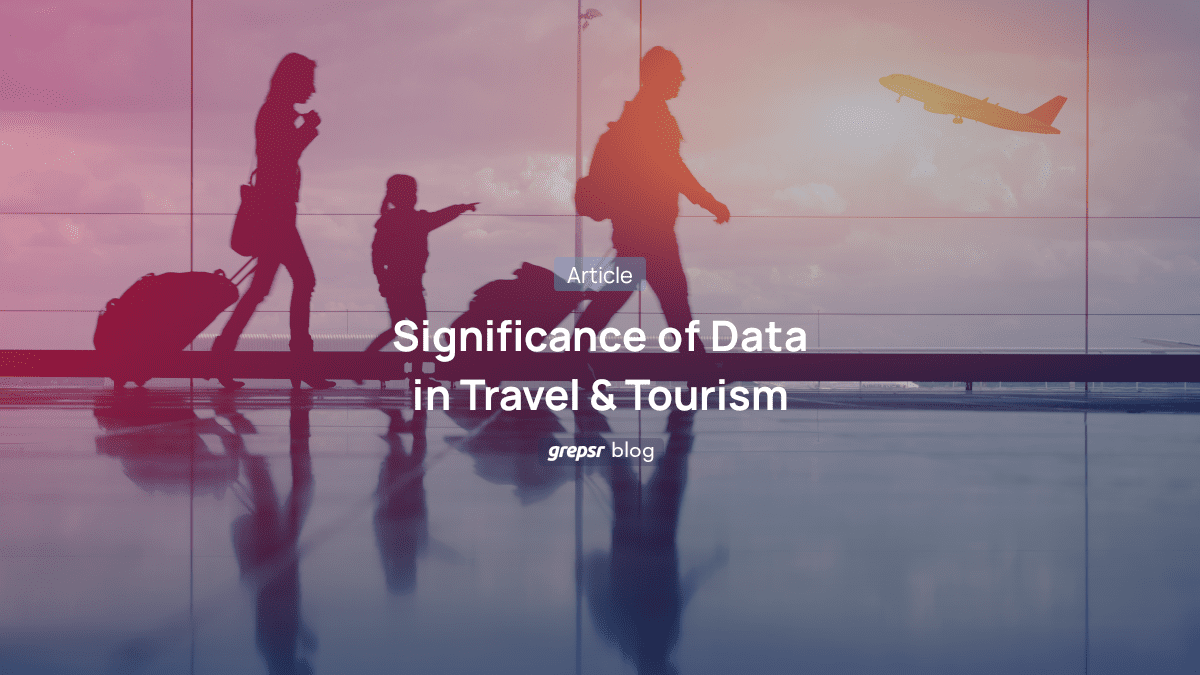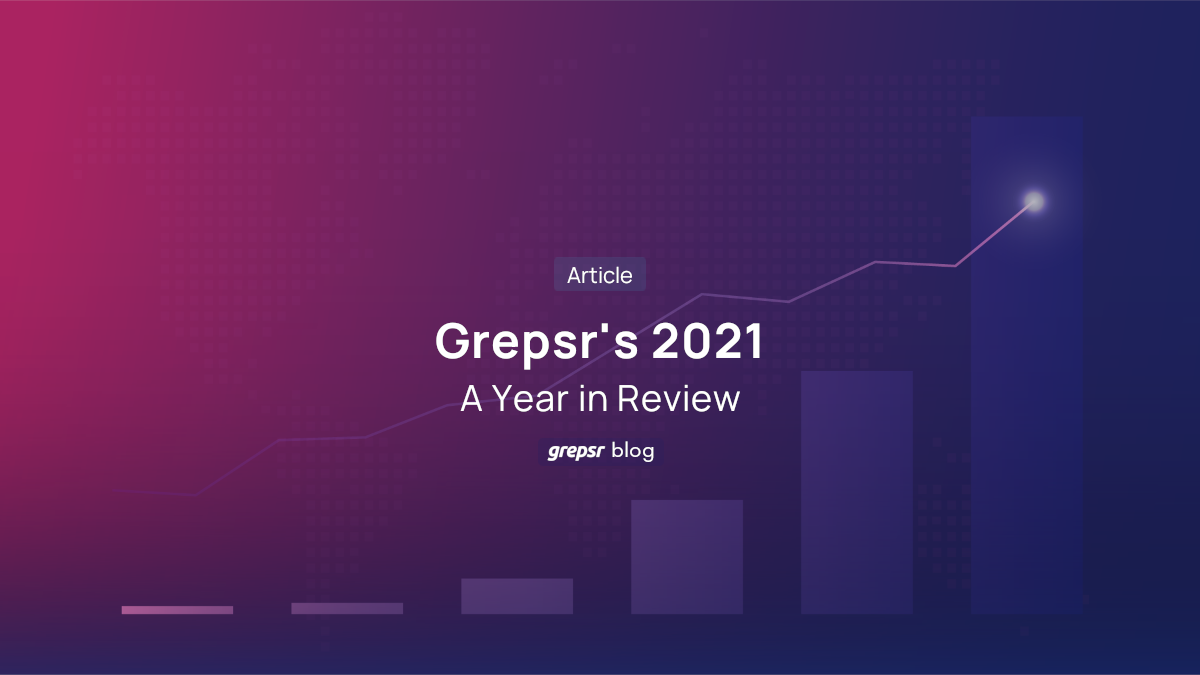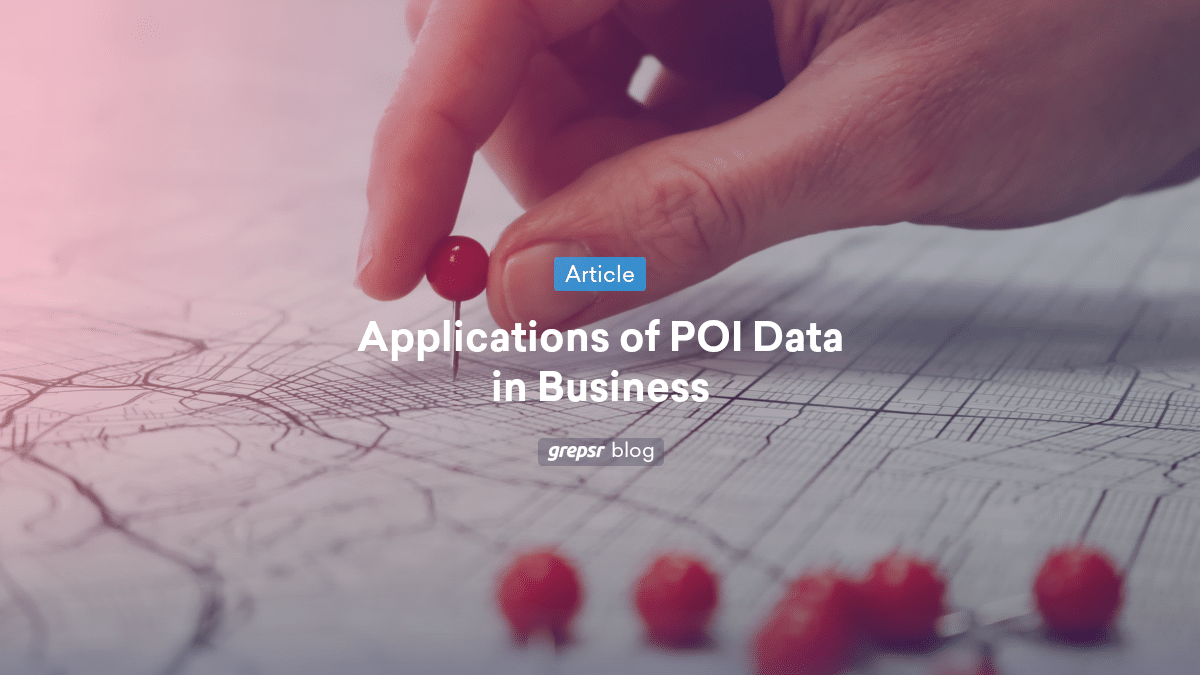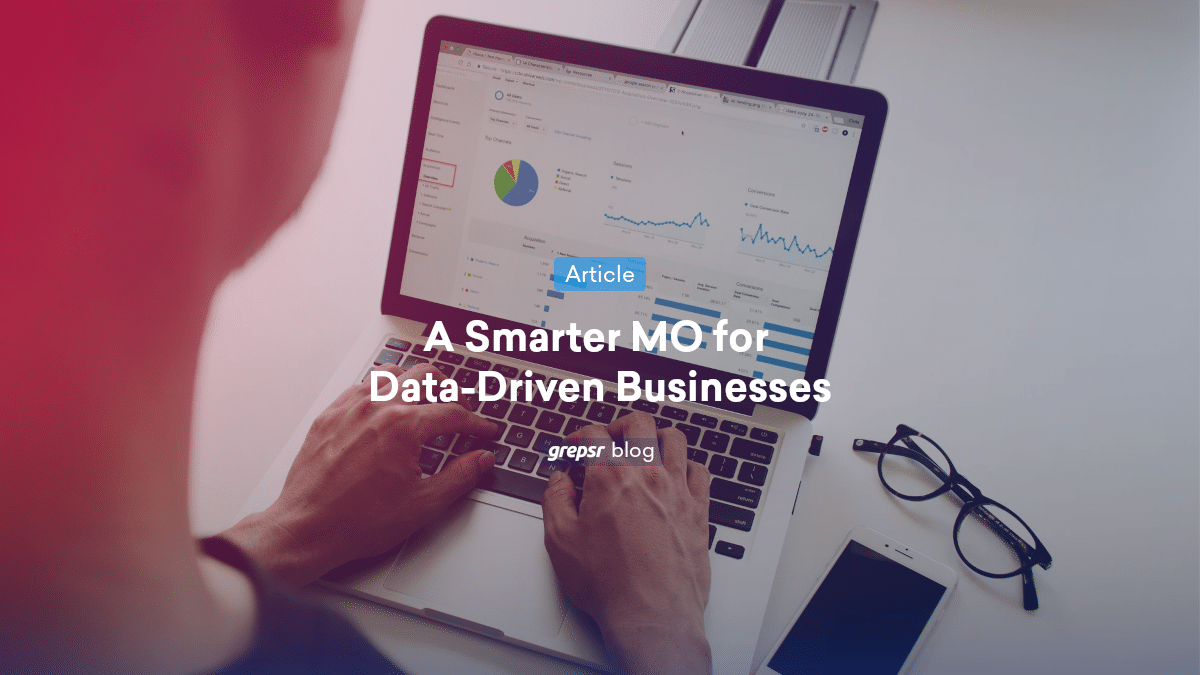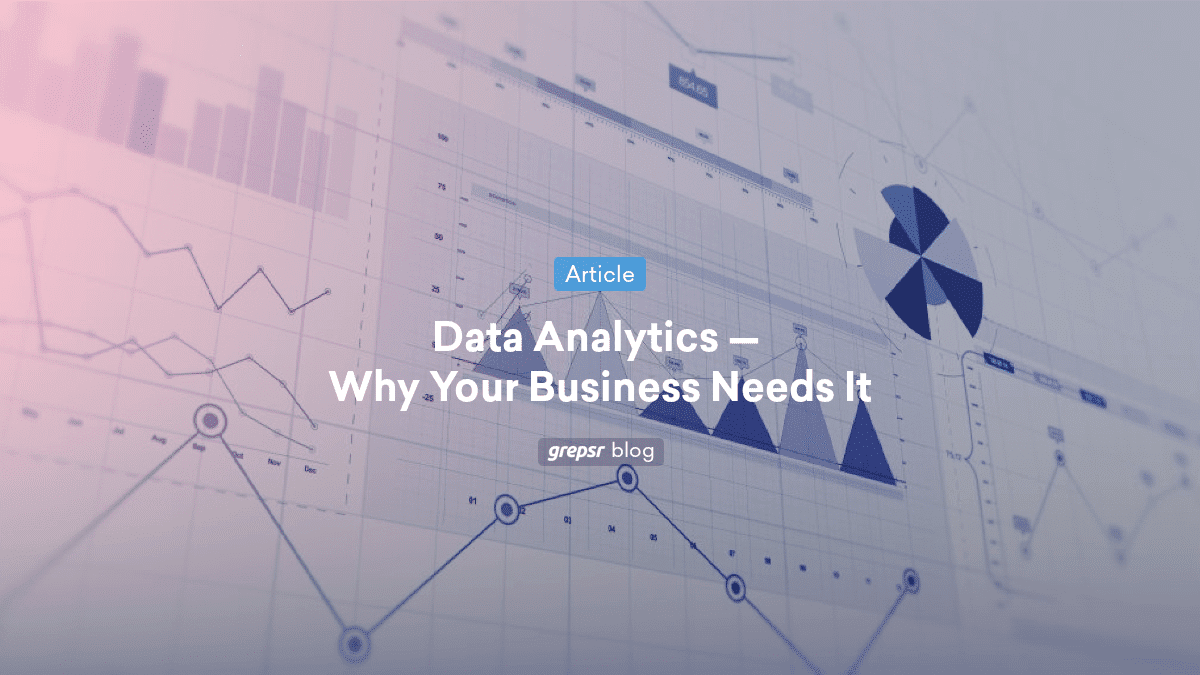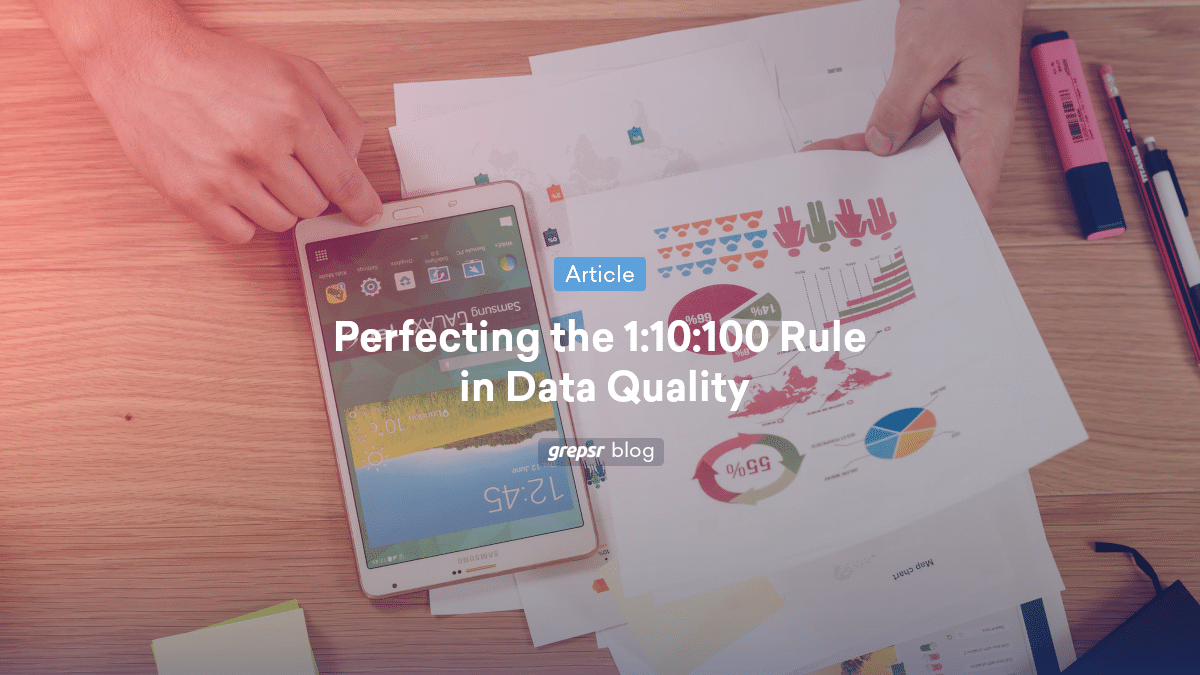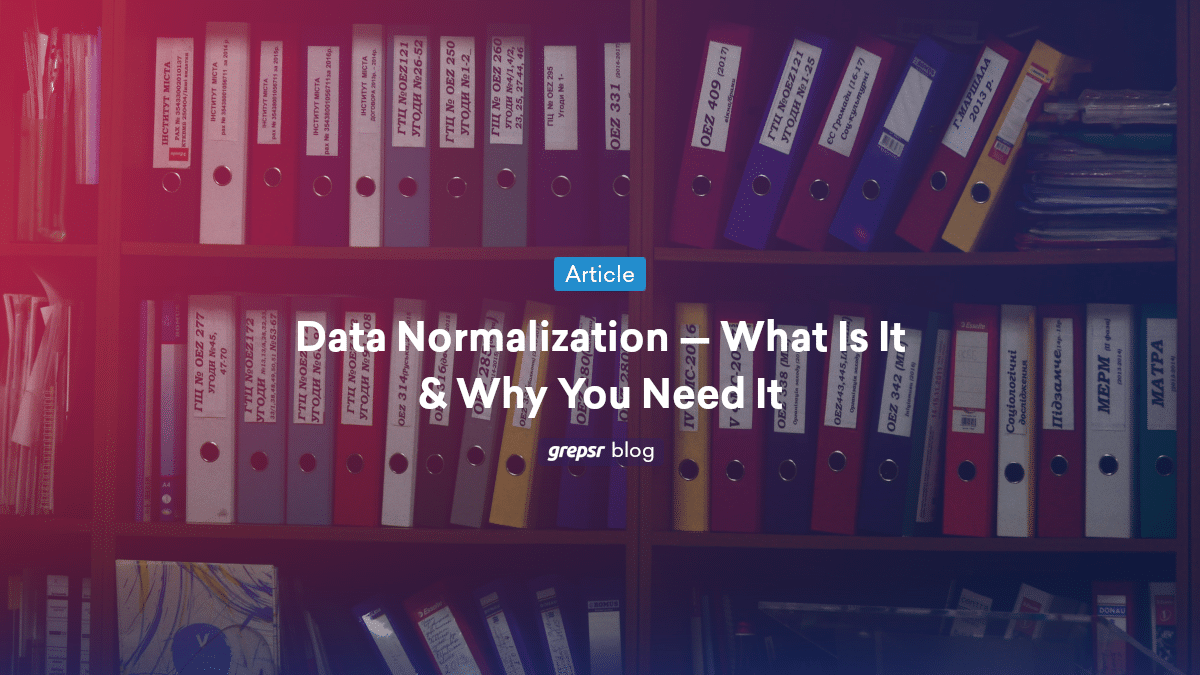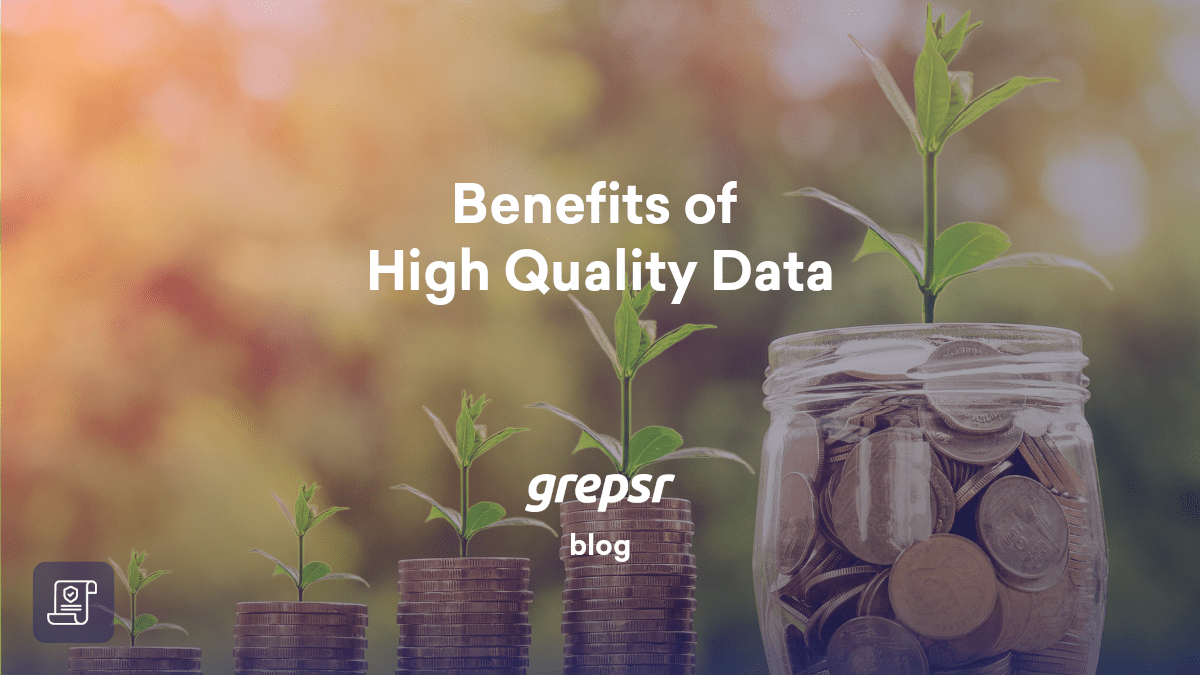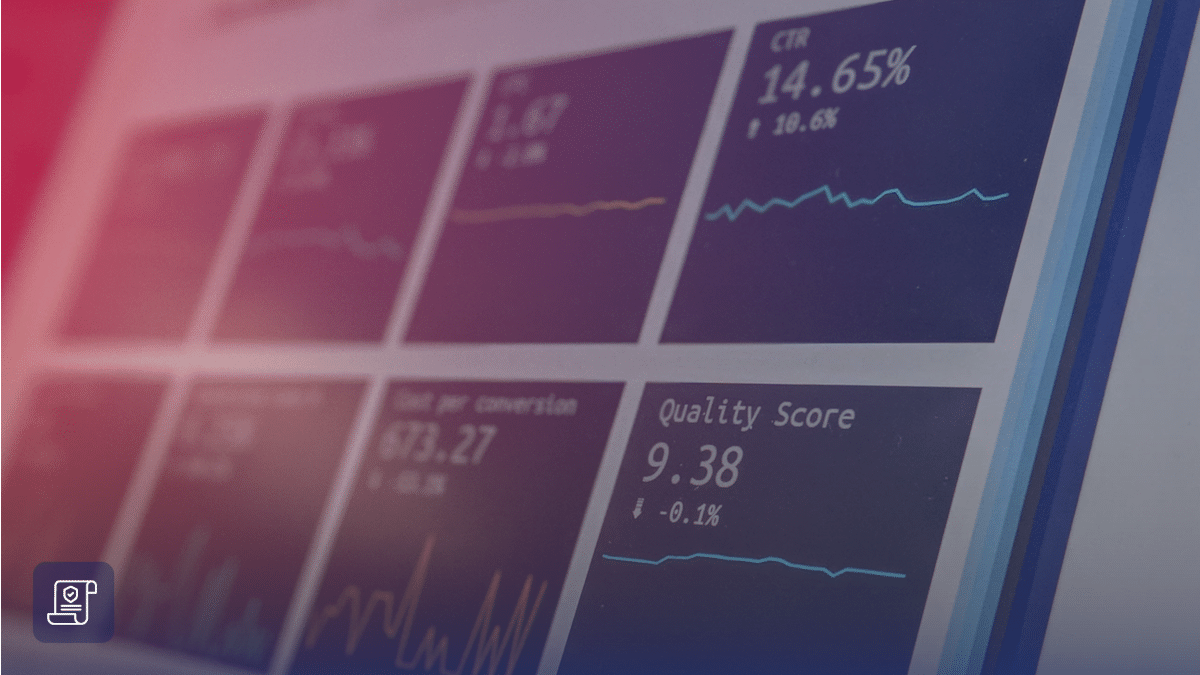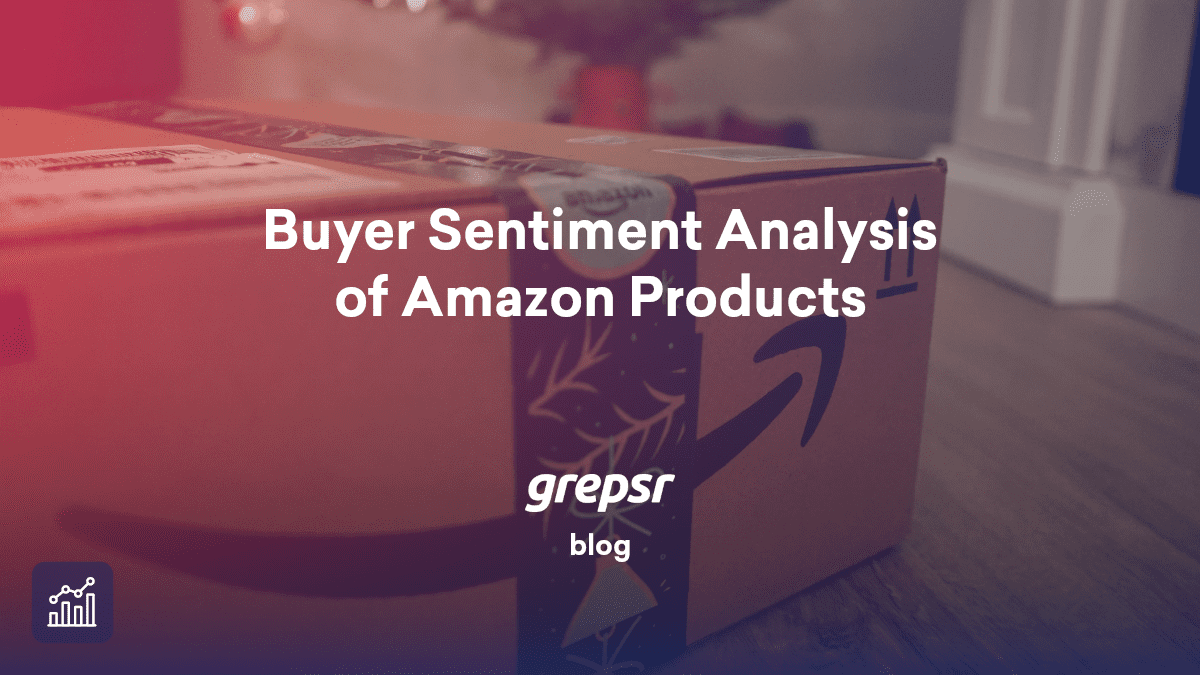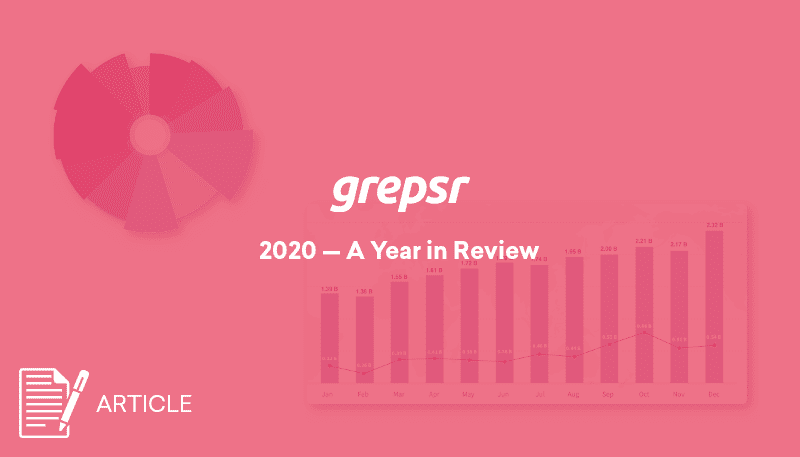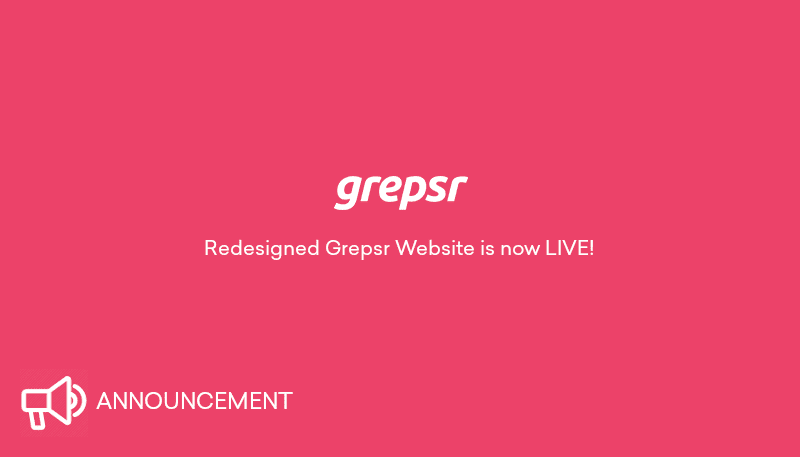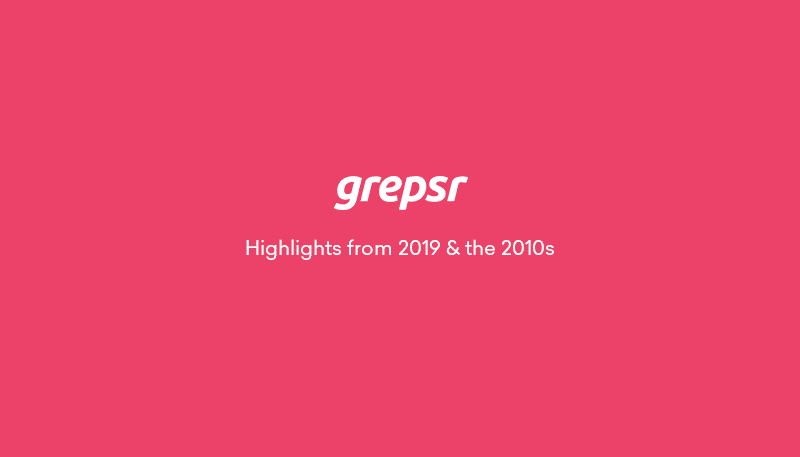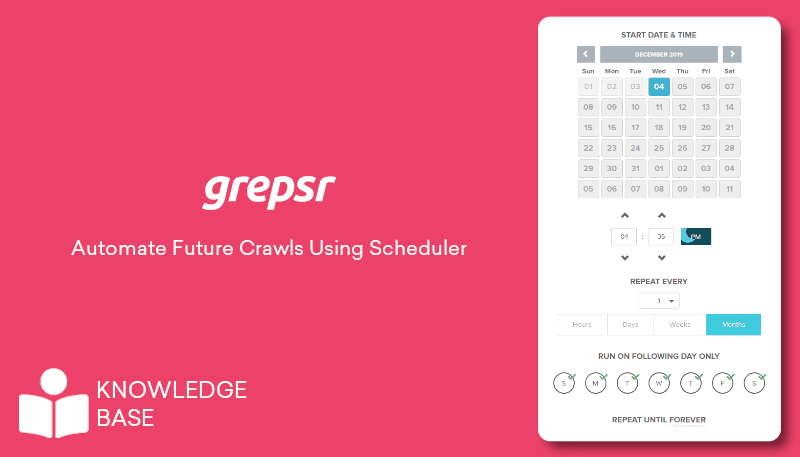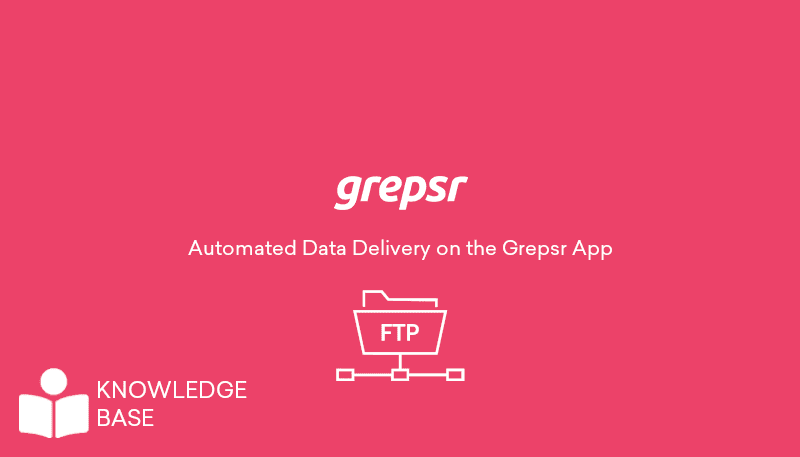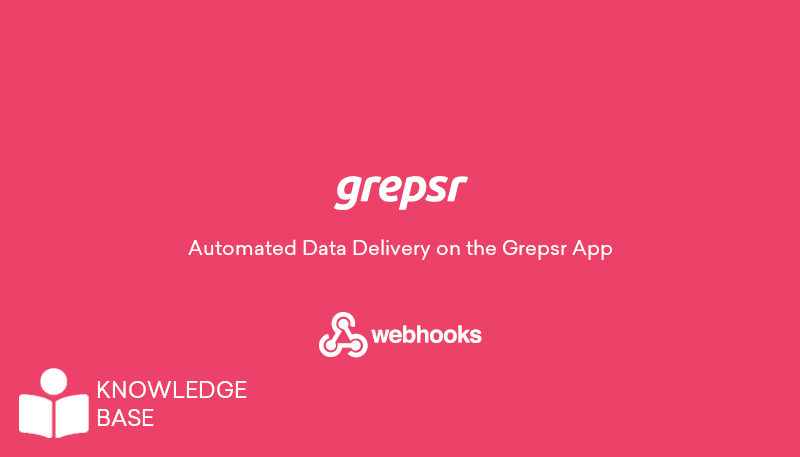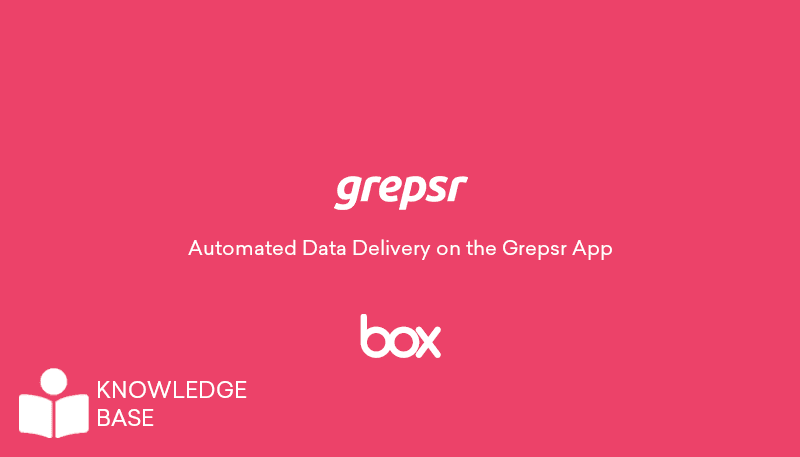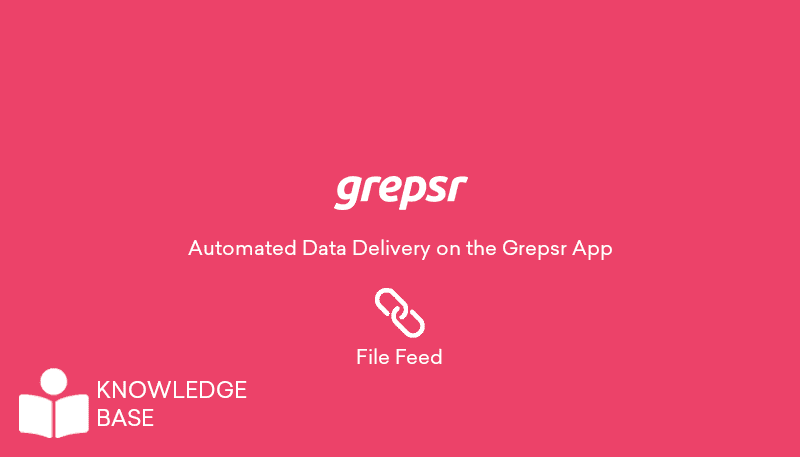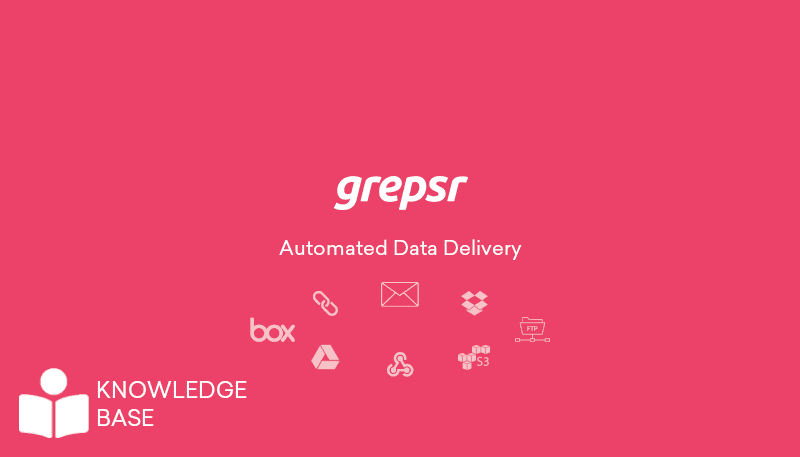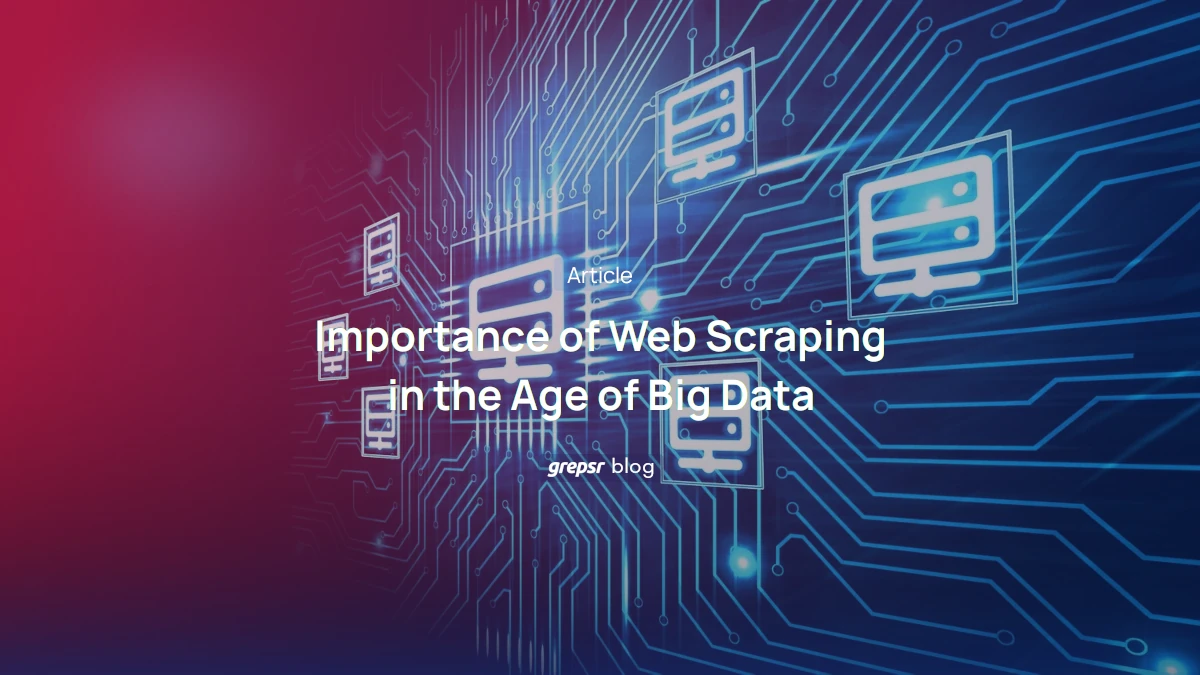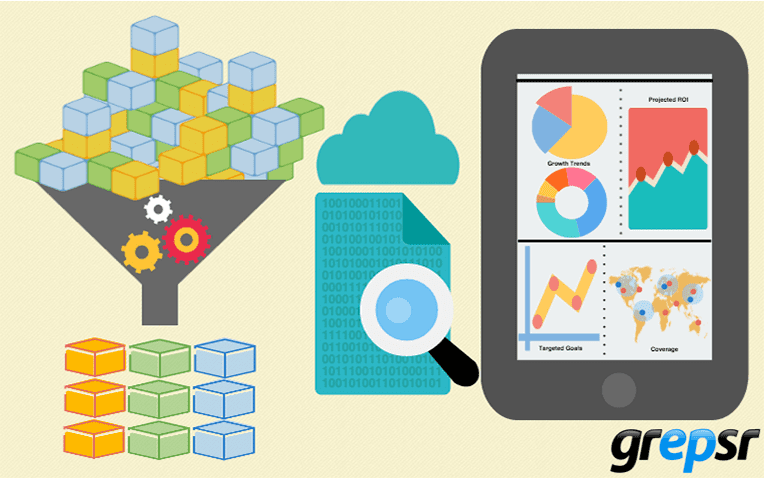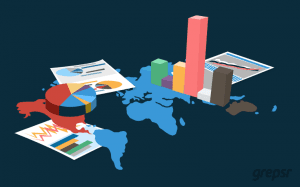
Do you know what separates successful retailers from the ones that are closing down? One key factor is using location intelligence in retail to make informed decisions.
Modern retailers scrape the internet to find out competitor store hours, demographic shifts, and foot traffic patterns to find impactful location strategies.
And the numbers back it up. The global location intelligence market is exploding from $22.79 billion to $68.22 billion by 2034.
Retailers who’ve mastered this detective work are making location decisions that feel almost psychic. Today, we will talk about some such retailers and see how they put location intelligence to good use. So let’s begin.
TL;DR
- Scraped web data is a hot deal for retail. Store locator POIs, Google Maps data, and competitor addresses all feed powerful geo-models.
- Location intel in retail allows you to choose better locations, come up with location-effective discounts and promos, and optimize day-to-day operations.
- Much of the spatial data you need for location intelligence comes from scraping the internet. We’ll tell you the best way to get that scraped data at the end.

Location Intelligence and Retail: Where’s the Connection?
In case you forgot, location intelligence combines geographic information, demographic patterns, competitor movements, and consumer behavior signals scraped from across the web to make sense of market opportunities.
It involves visualizing data like sales figures, customer demographics, and costs in a geospatial context to find patterns, trends, and relationships that would otherwise remain hidden. But why do retailers need this data? There are good reasons why:
- You can find the most profitable locations for new stores when you look at data on foot traffic, local demographics, income levels, and the proximity of competitors.
- Location data lets you understand the unique characteristics of customers near each store. This means you can really dial in your marketing to match the interests of the people who will be coming to your stores.
- And you can map out your competitor locations to identify oversaturated markets and untapped opportunities.
Hopefully see the connection now. But where do you get that data?
Web Scraping and Location Data
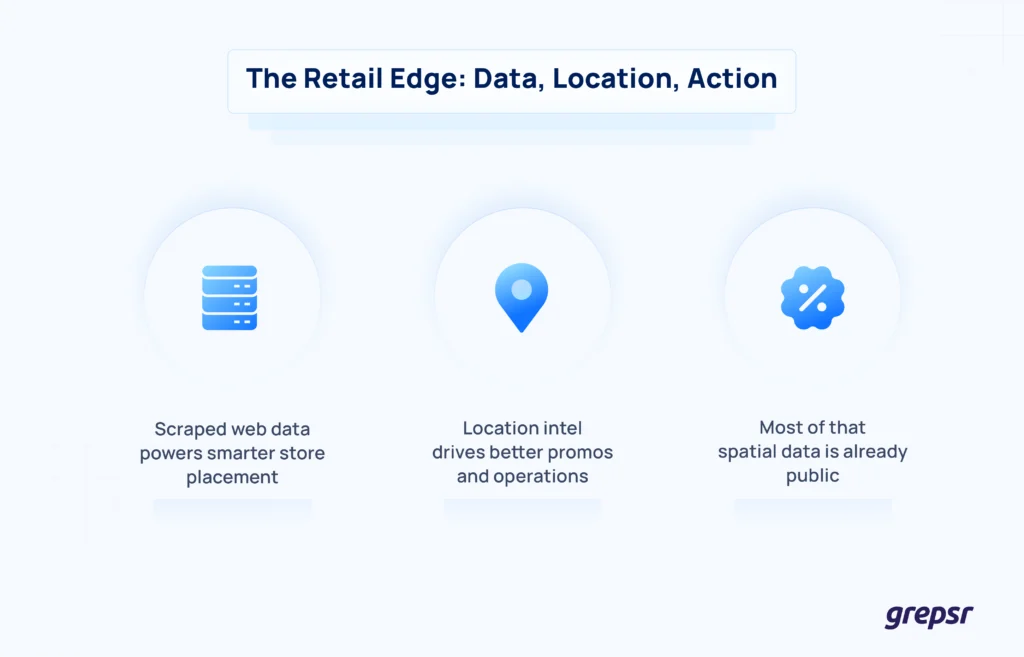
Modern retail location intelligence is powered by data, and arguably the most effective way of getting that data is web scraping.
If you’re a retailer, you can automatically extract public information from the internet to gather massive, current datasets. These datasets will enrich your location analysis.
For instance, you can scrape competitor websites for all their store addresses and operating hours. Or you can scrape local event calendars to predict spikes in foot traffic or pull customer reviews from platforms like Google Maps to see sentiment in specific areas.
That’s just two of hundreds of possible uses.
When you spread this data on a map along with your internal sales data, you get a really rich and complete picture to inform your marketing and decision-making.
Now, let’s see how some well-known retailers use location data.
Real Examples of Location Intelligence Usage
Here’s a quick look at five retailers that are turning raw location data, including plenty that’s freely scraped from the web, into everyday commercial firepower.
We’ll start where you got your coffee from this morning:
1. Starbucks
Graduate‑level GIS projects from Starbucks’ own real‑estate team show how they pull every store’s coordinates out of Google Maps, then combine that data with traffic counts, census income blocks, and competitor POIs to grade potential corners in Los Angeles and beyond.
Because the store‑locator pins and competitor addresses come from public Google data, they’re essentially web‑scraped and cheap.
Starbucks would not have been so successful had the company just eyeballed “good neighbourhoods”. They score them, down to whether the morning‑commute side of the road hits 25,000+ vehicles per day. That discipline lets the chain keep opening 600‑plus cafés a year without cannibalizing itself.
2. Leroy Merlin
The French DIY giant built a CARTO-powered dashboard that compares its sales by store with a live map of every competing home‑improvement outlet in Europe. But why? So that managers can spot territory gaps or saturation in minutes.
What about those rival outlets? They’re harvested from competitors’ public “Find a store” pages and OpenStreetMap in nightly web‑scrapes before being geocoded and pushed to the map.
Because the data is scraped, it’s always up‑to‑date and costs next to nothing. That’s a big factor when you operate 300‑plus warehouses across three continents and need fresh data every week.
3. Untuckit
Menswear label Untuckit leaned on Placer.ai’s anonymized mobile‑location feeds to decide whether a new Long Island boutique would steal sales from existing NYC sites.
The foot‑traffic heat‑map showed the trade areas were complementary, so the store opened, and footfall hit targets out of the gate.
What does this tell us? That mobile‑signal data is no less than a perpetual, crowdsourced shopper survey. Retailers can now forecast cannibalization (or the lack of it) before signing a lease with the help of location data.
4. WarbyParker
Eyewear manufacturer Warby Parker tracks visit counts and demographic mix (college‑student share, for instance) for every zip code using Placer.ai, then points real‑estate scouts at ZIPs where foot‑traffic and target demos over‑index.
The brand credits this location intelligence for keeping per‑store visits climbing even as it accelerated past 270 shops.
Foot‑traffic analytics turned a fast‑growing DTC business into a disciplined brick‑and‑mortar operator. This proves that online brands can also scale offline if armed with the right kind of data and strategy.
5. Target
Target’s in‑store app uses Bluetooth beacons (like GPS, but for indoors) to detect a shopper’s precise aisle and instantly push location‑aware promos, like a coupon for the very brand you’re walking past.
The pilot rolled out to 50 stores and then nationwide after early tests showed higher basket size and app engagement.
Beacon‑level positioning isn’t just “where’s my nearest store?” these days. It’s also “Which shelf am I facing?”. This location-powered technology opens up hyper‑local merchandising without you having to pay for costly in‑store cameras.
Now, if you allow us a minute, we’ll tell you about the technical layers used in all this.
How Technology Plays A Role
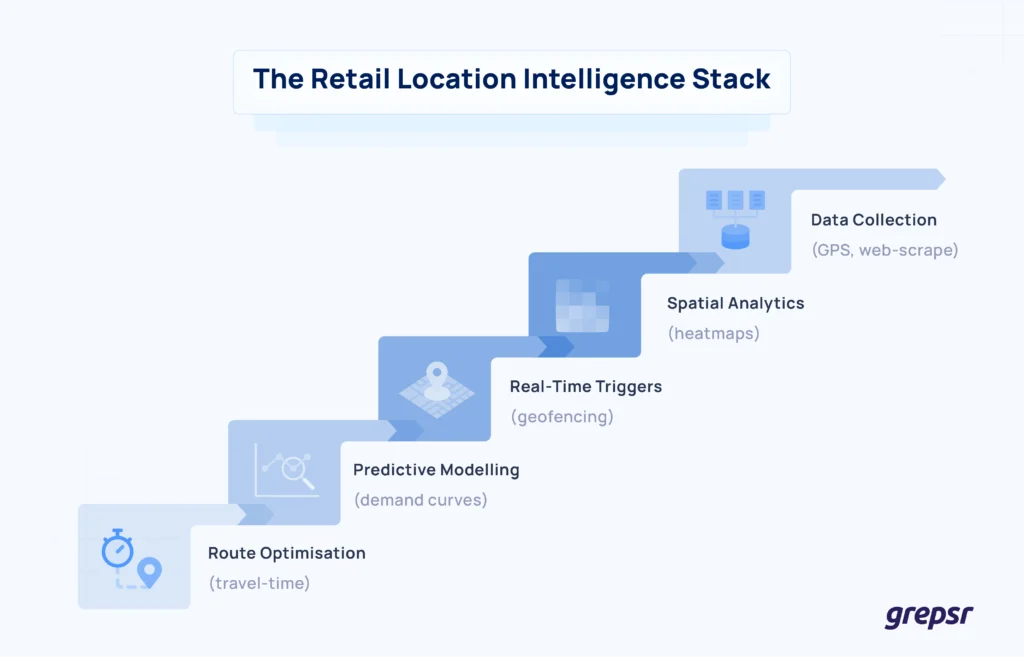
Retailers can use any technical workflow, like data extraction and spatial modeling through AI-powered segmentation or real-time pipeline processing.
But the end goal is the same: to use location data for either smarter site selections, better promotions, or optimized operations.
| Technical layer | Example data | Core processing | Retail outcomes |
|---|---|---|---|
| Data Collection | Mobile GPS, Web Scraping, PoS, CRM | Geocoding, cleansing, enrichment | Unified spatial dataset |
| Spatial Analytics | Demographic maps, foot traffic, competition | Clustering, heatmaps, and isochrone mapping | Site selection, market gaps |
| Real-Time Triggers | Device location (via app) | Geofencing, proximity analysis | In-the-moment offers |
| Predictive Modeling | Sales trends, population shifts | Time series, spatial regression | Demand, inventory planning |
| Route/Resource Optimization | Distribution network, delivery addresses | Path finding, travel-time matrices | Efficient logistics |
It’s pretty clear that you can’t ignore location intelligence if you are serious about your next retail store. The five retail brands we talked about show that when you combine web data with geographical analysis, you see in 4K where and how your customers move.
With that clarity, you can invest capital more confidently, launch stores with less risk, and personalize promotions down to the aisle.
Need the Raw Material to Power Location Intelligence?
Instead of fussing over proxies, parsers, and captchas yourself, X handles the entire scrape pipeline, and hands it back as clean, deduped, and perfectly structured JSON, CSV, or XLSX.
No headaches, no maintenance, just plug‑and‑play data ready for your GIS platform or analytics stack.
Reach out to Grepsr today.

